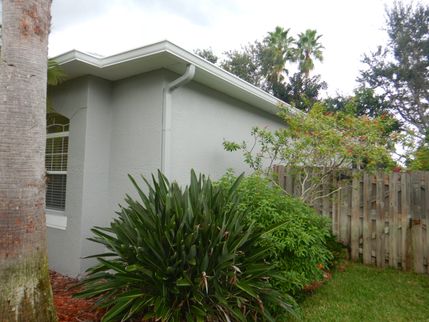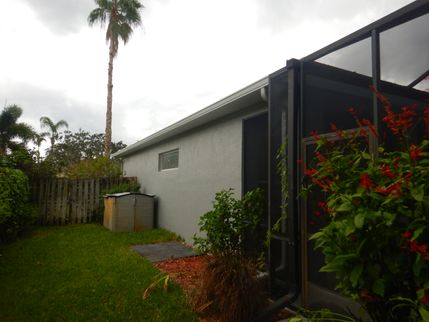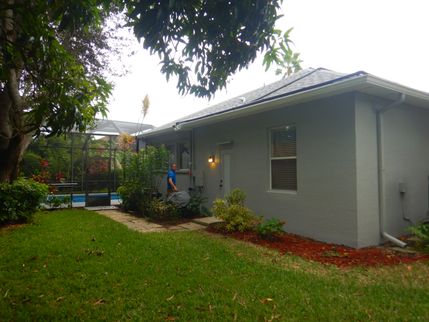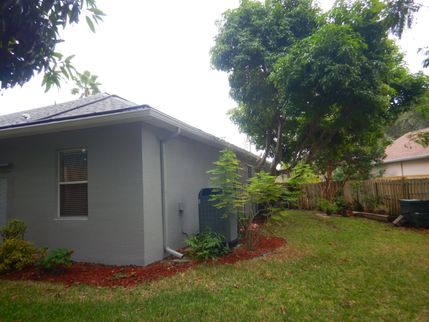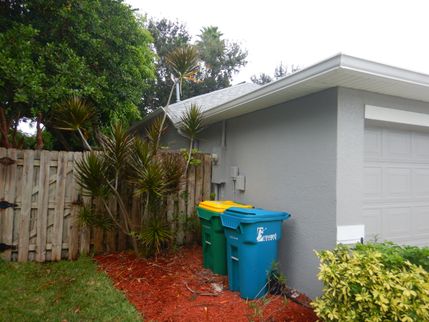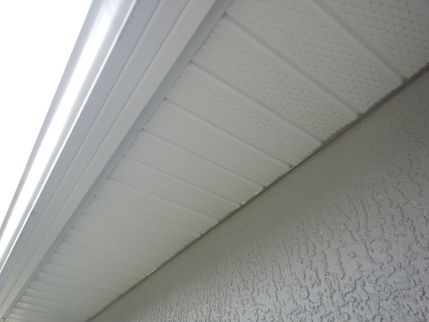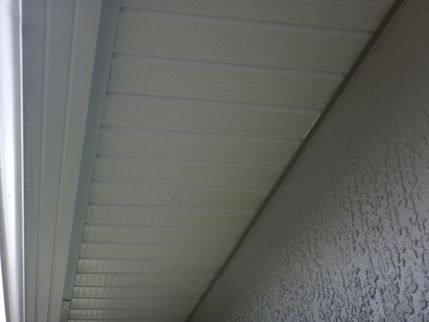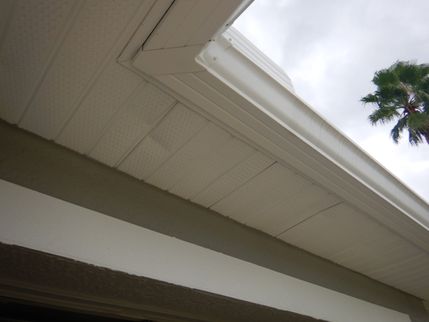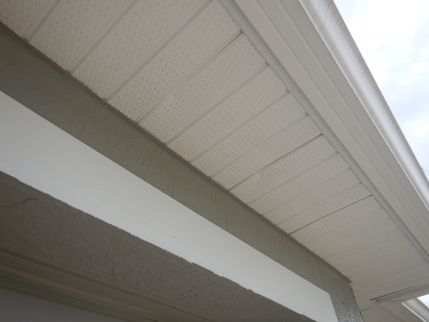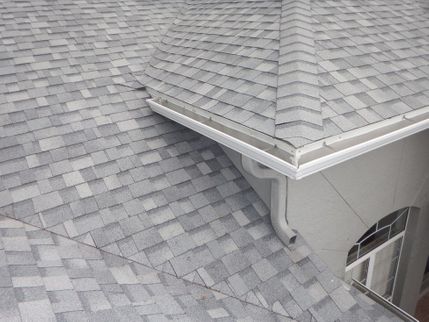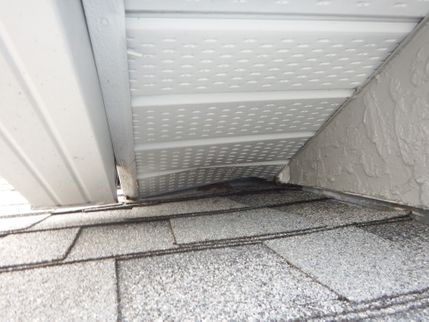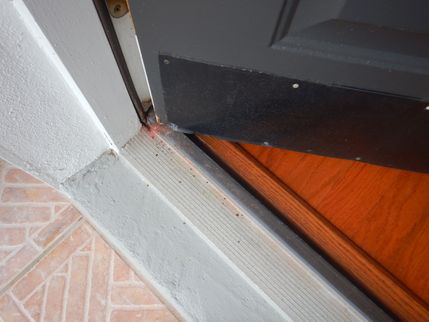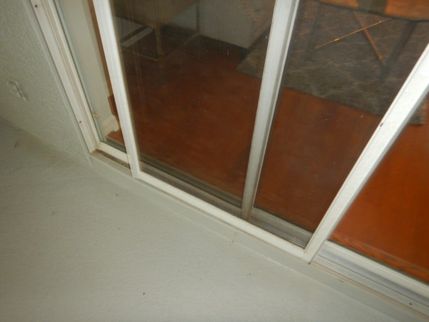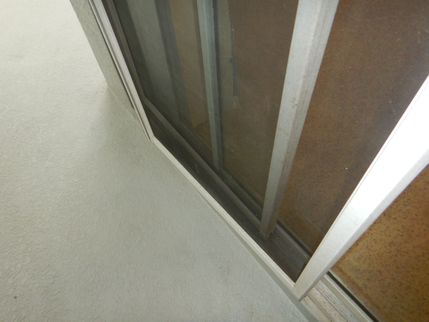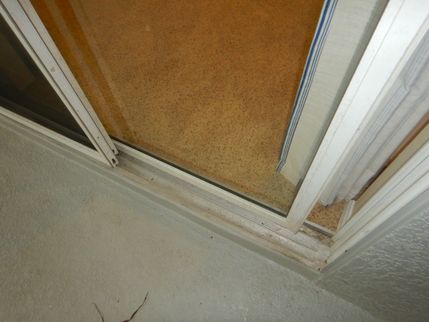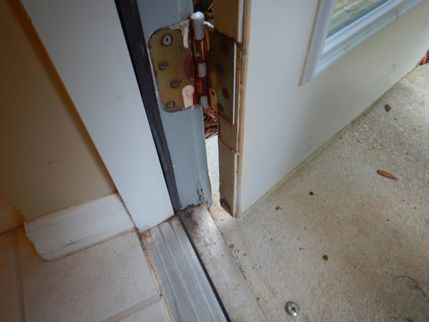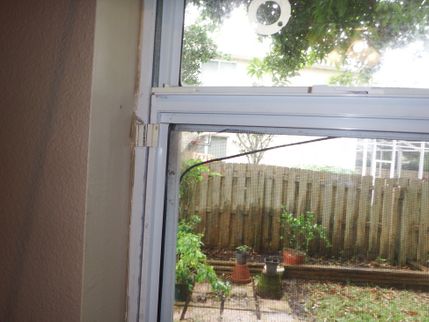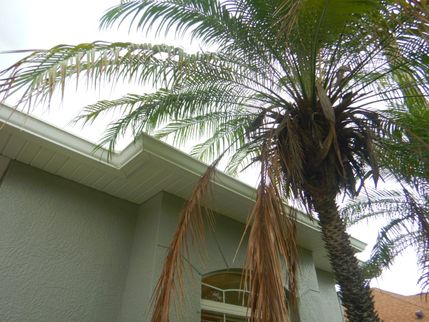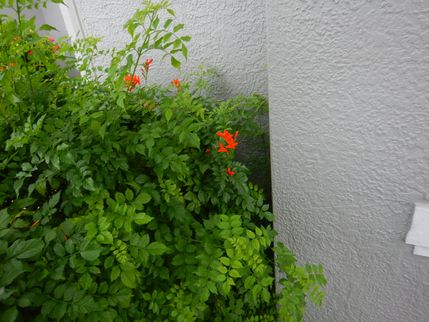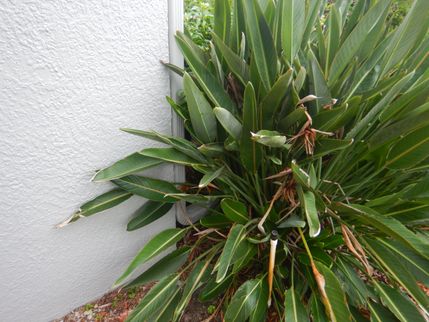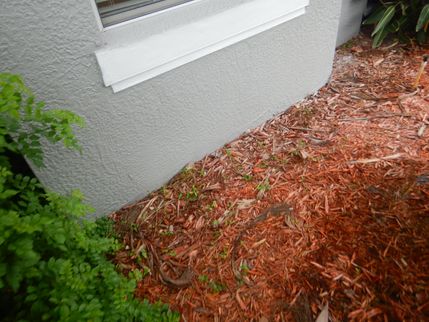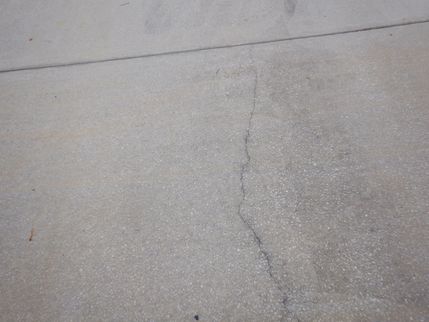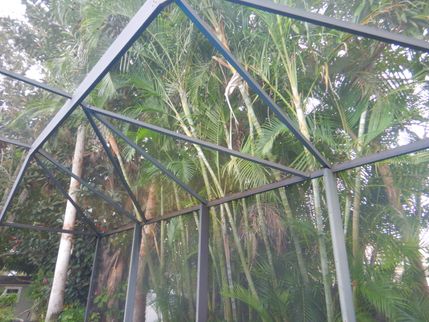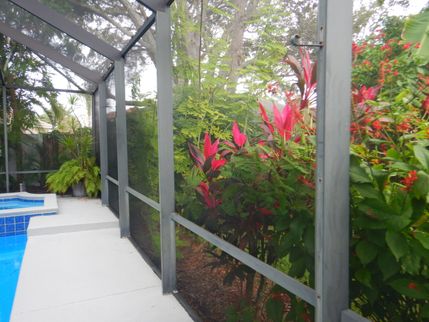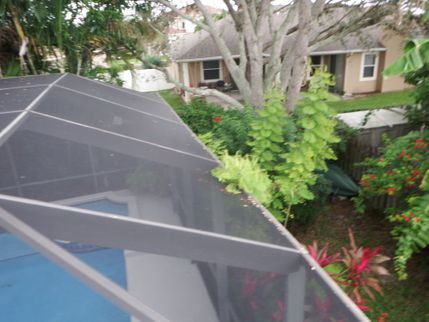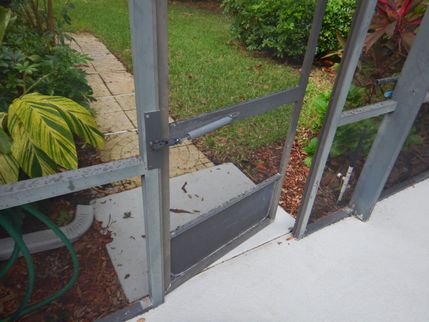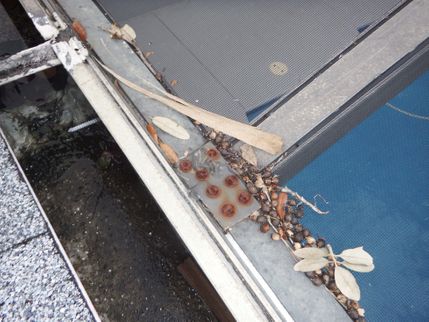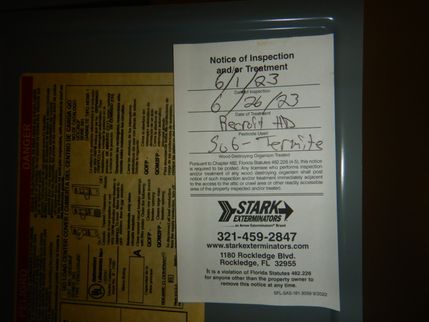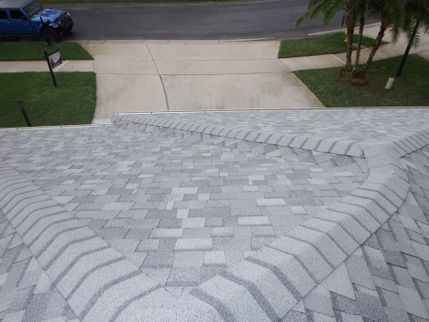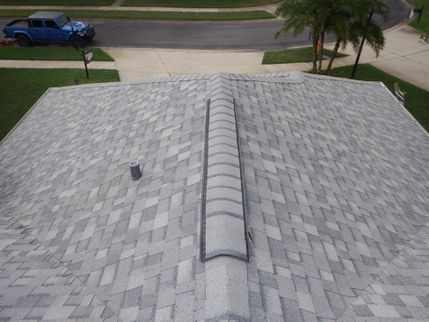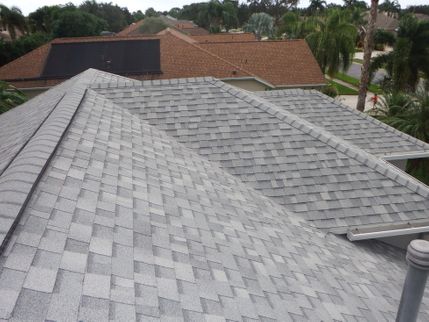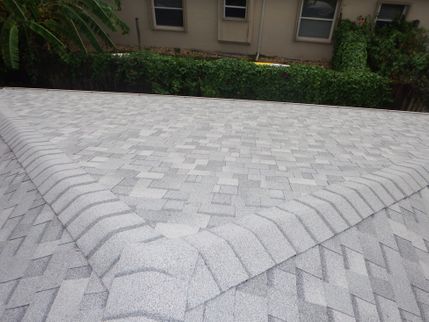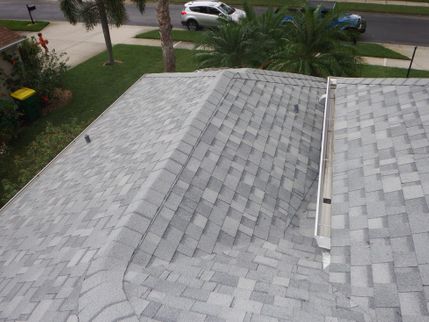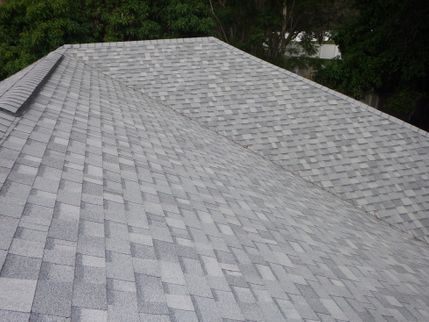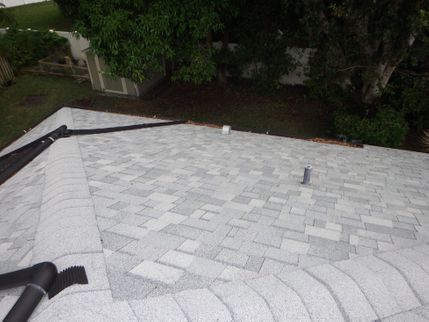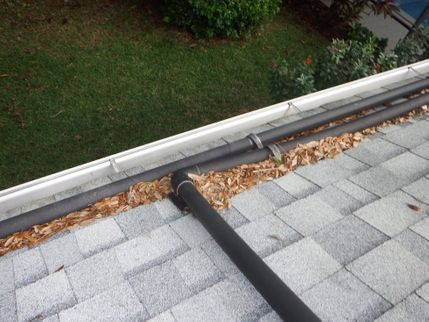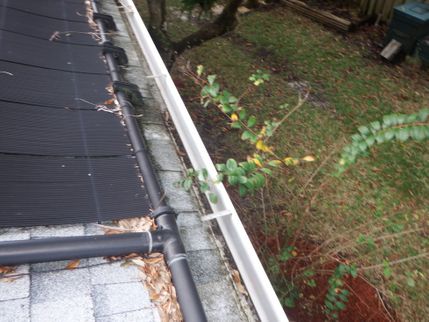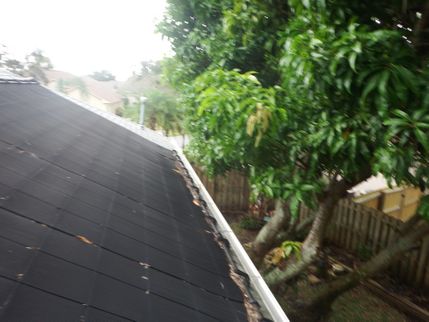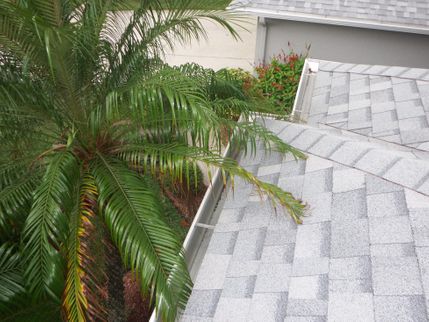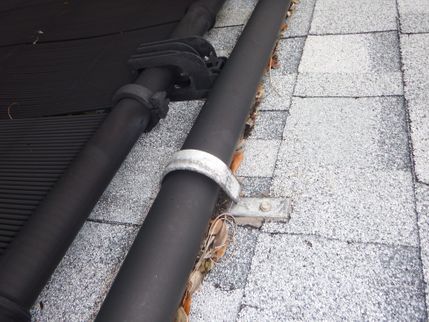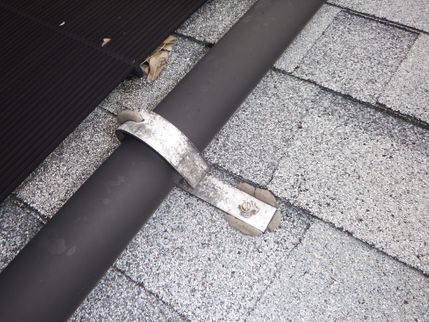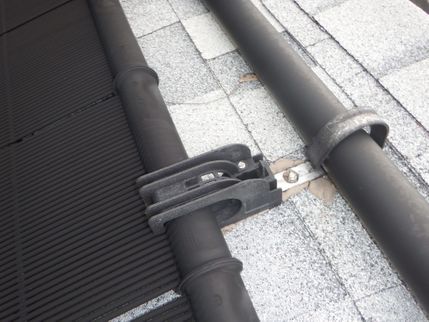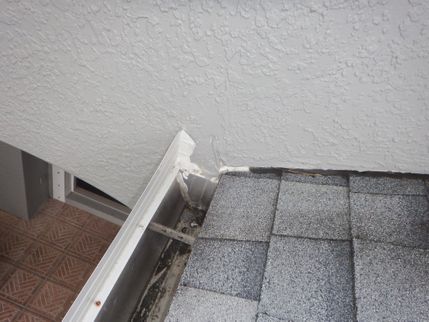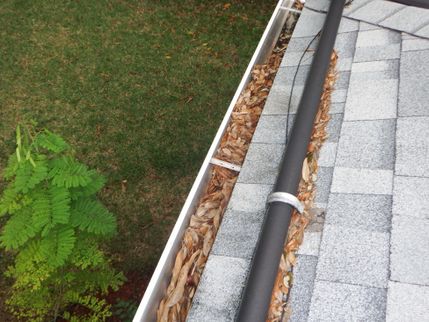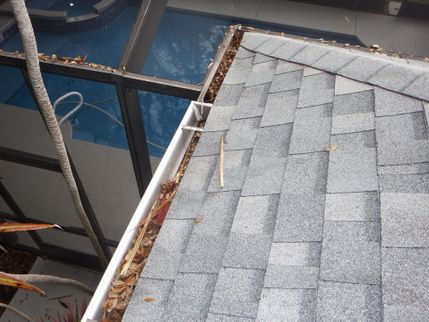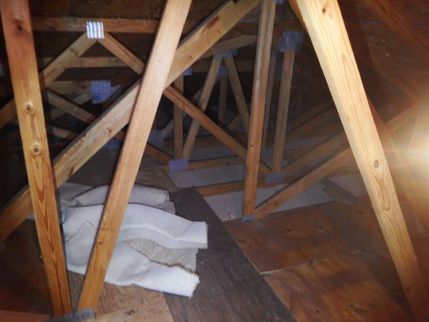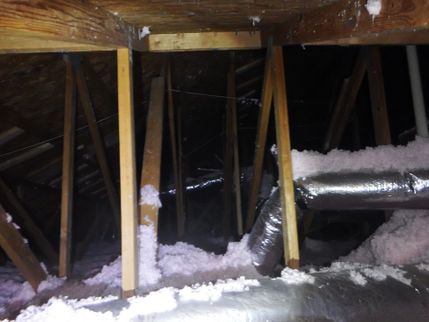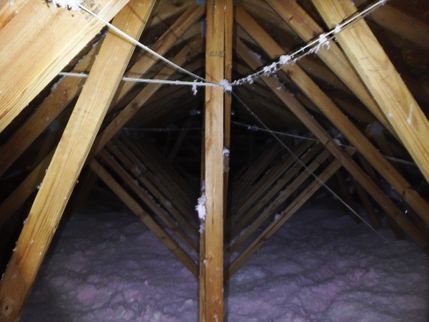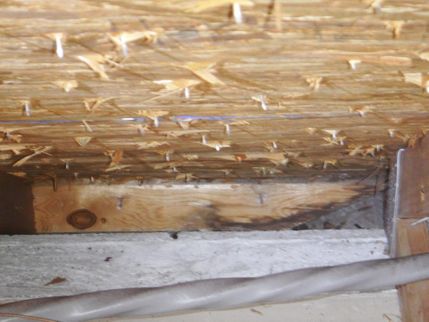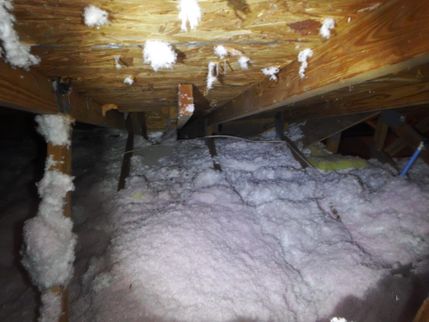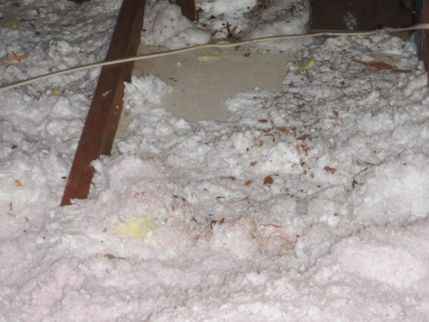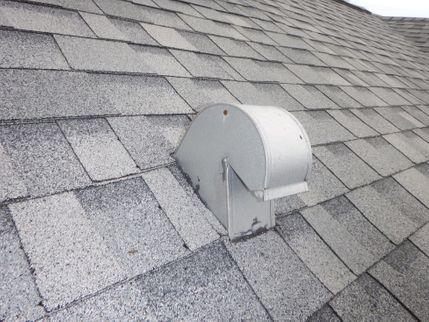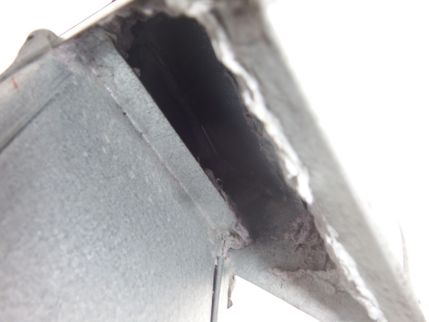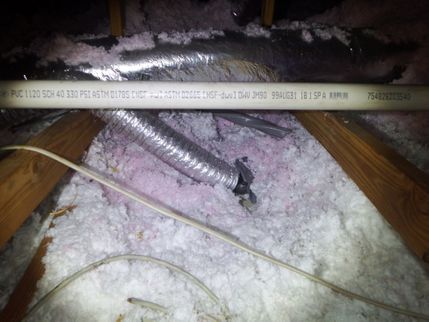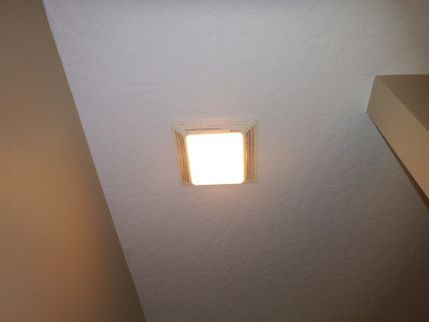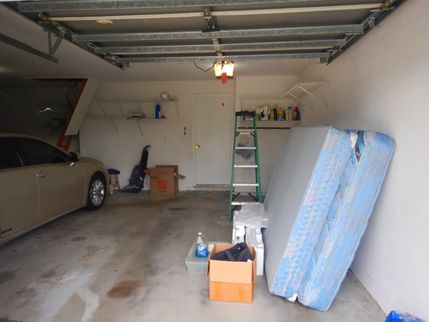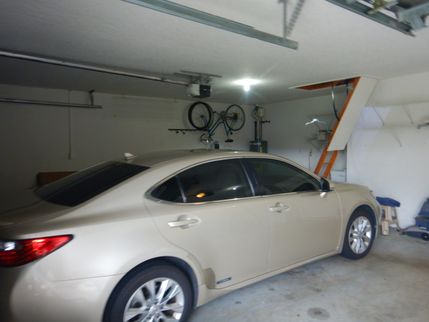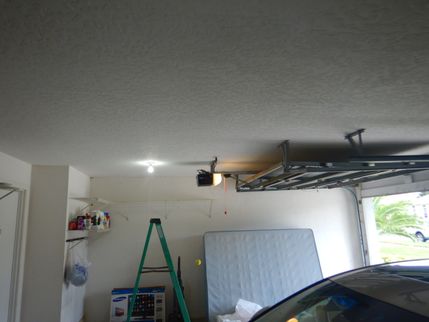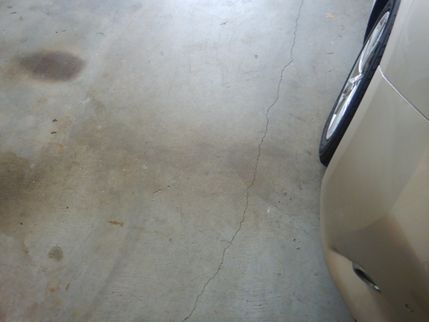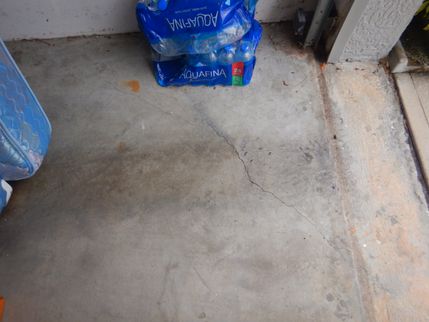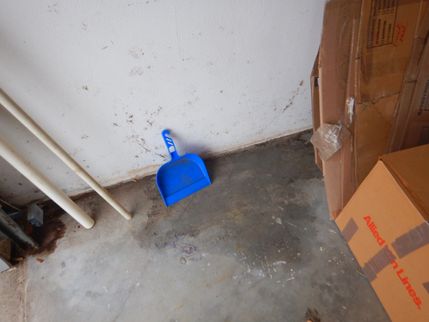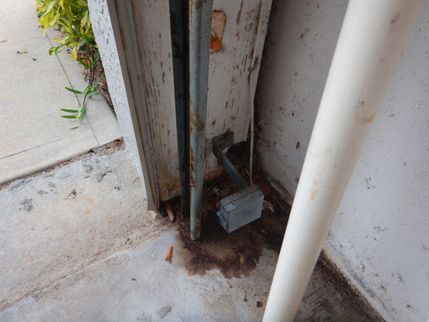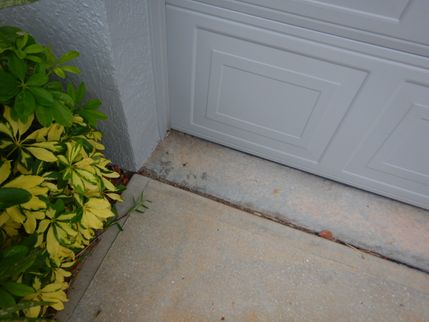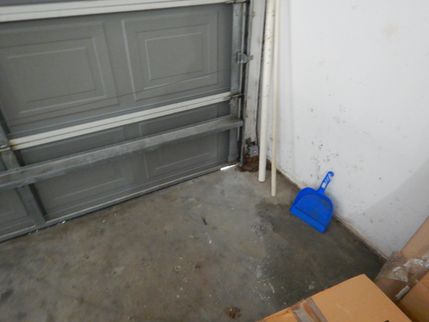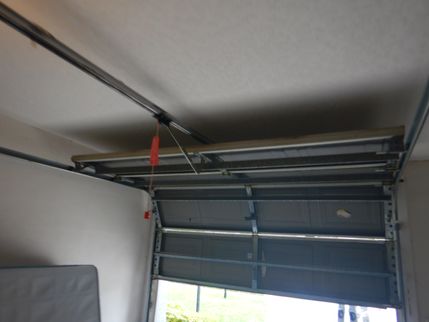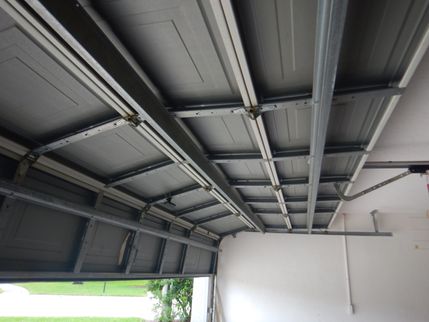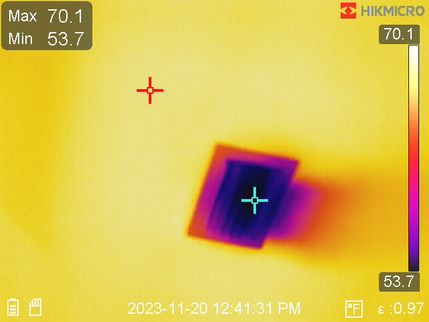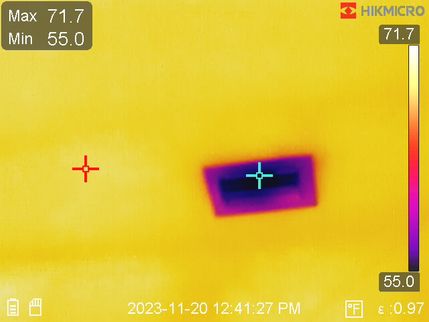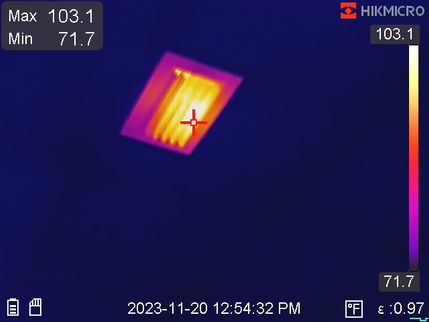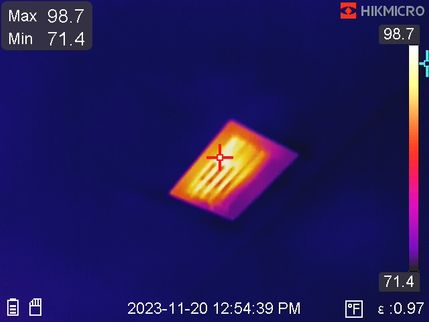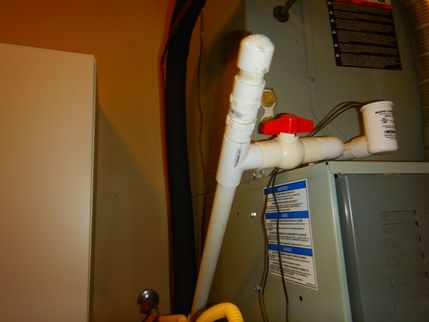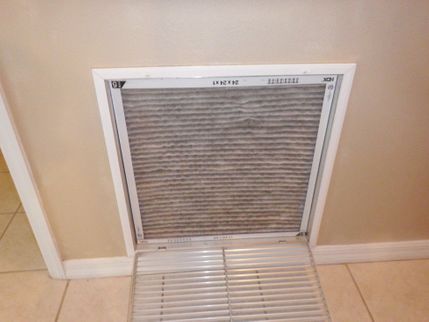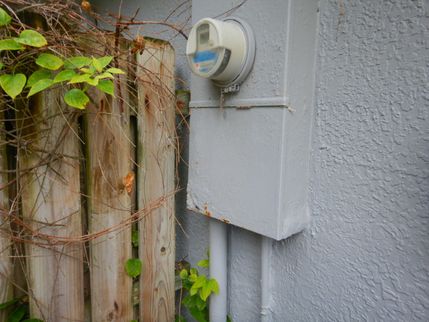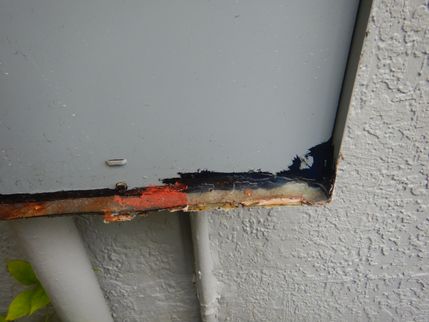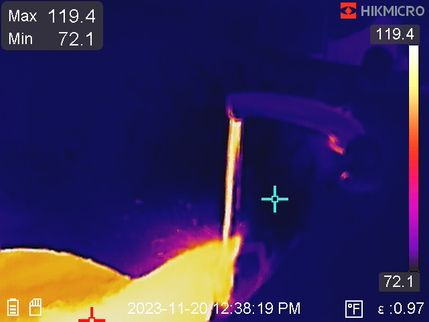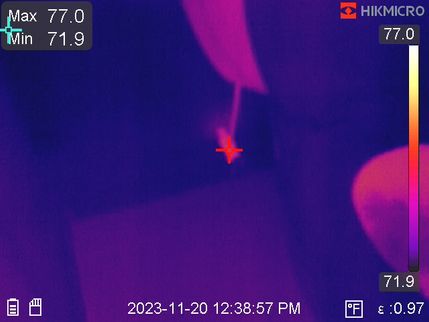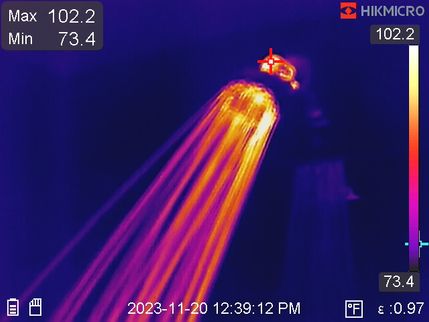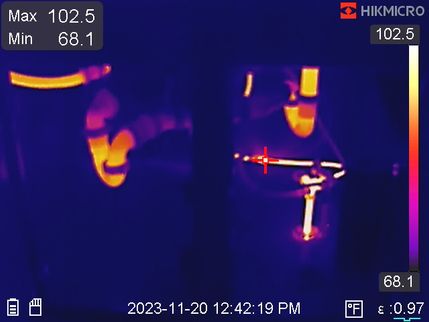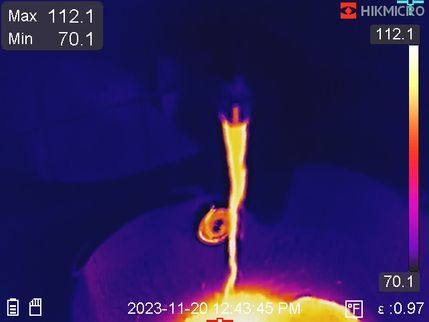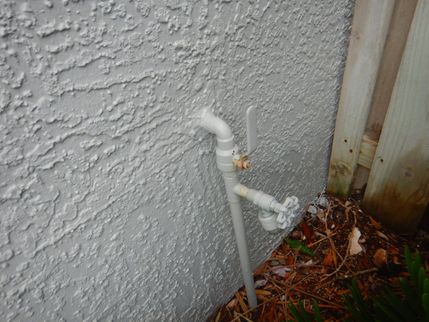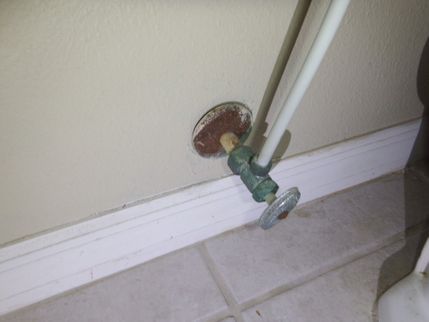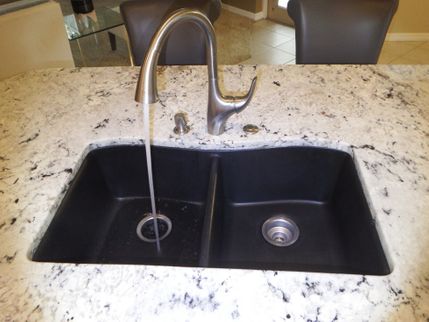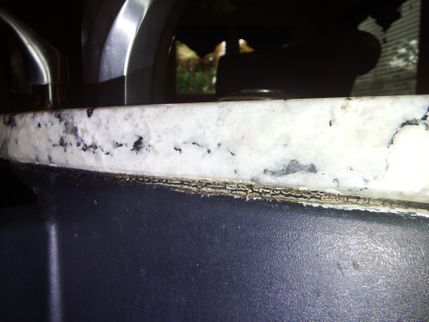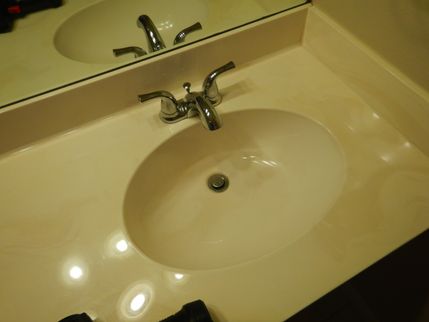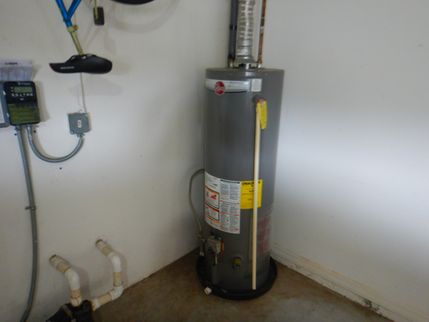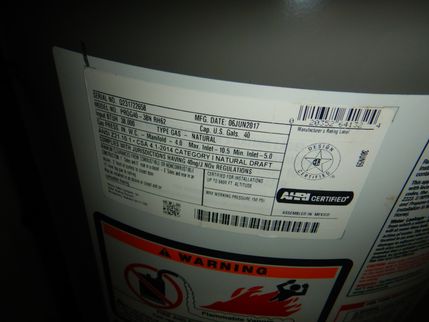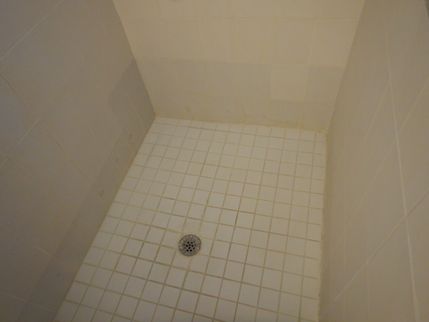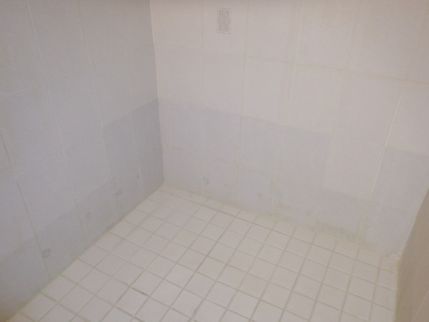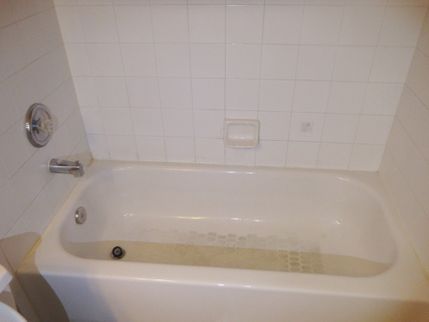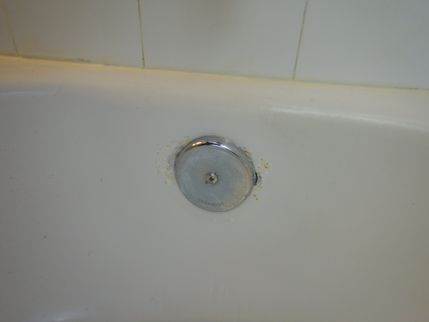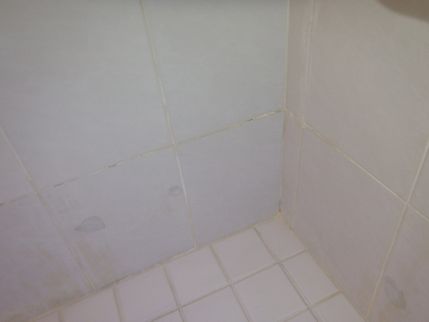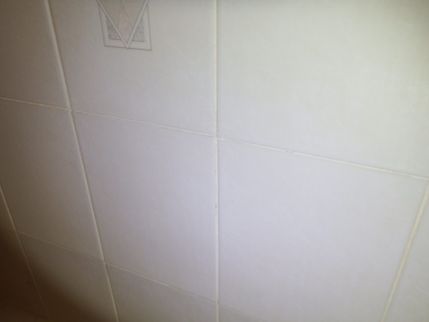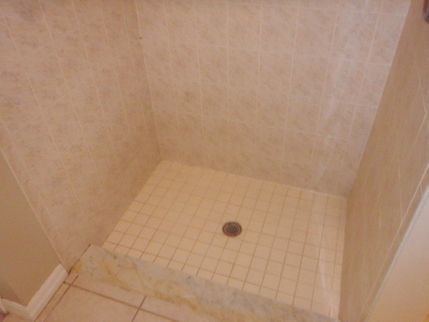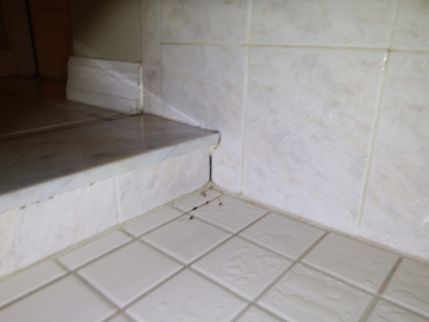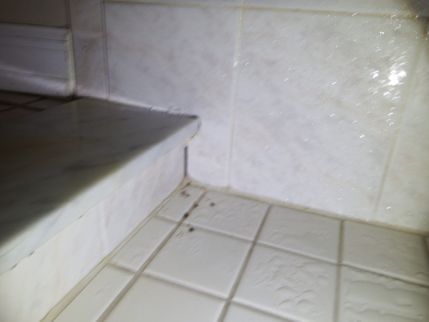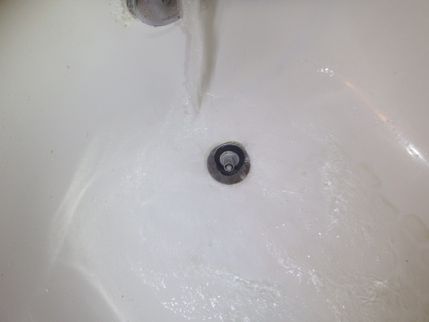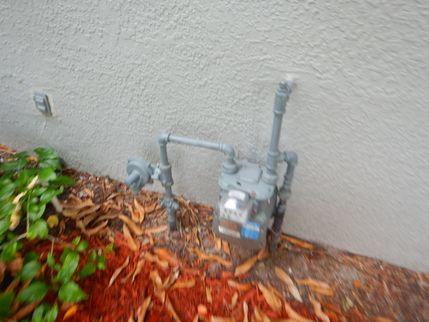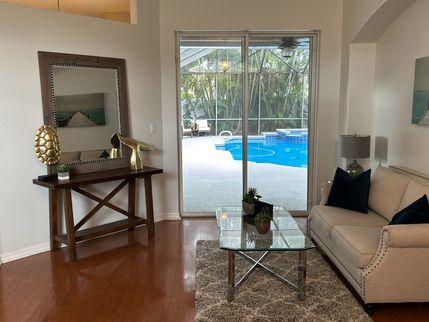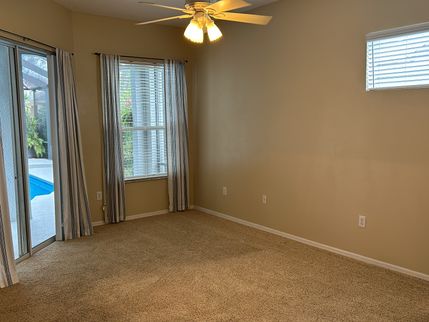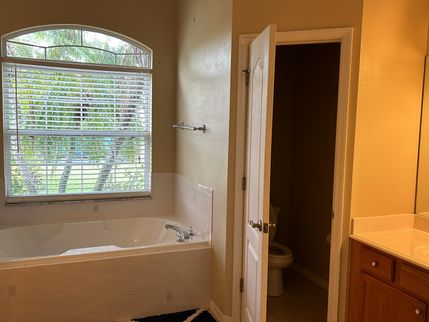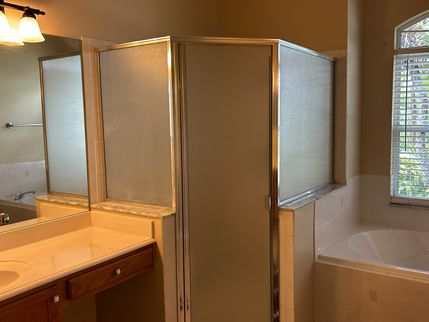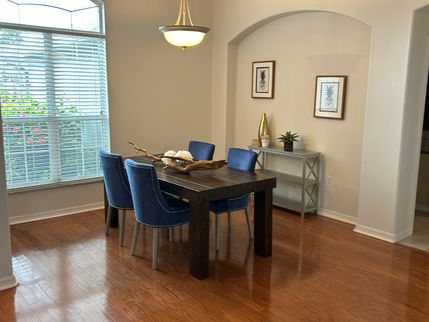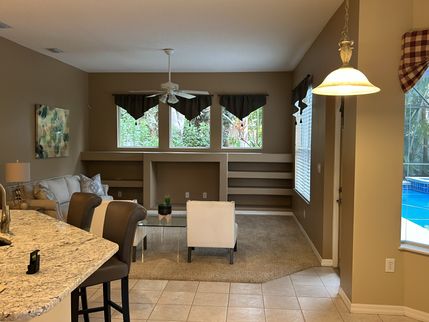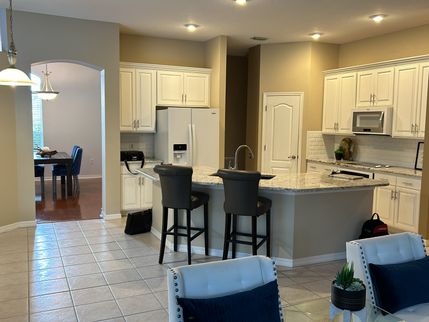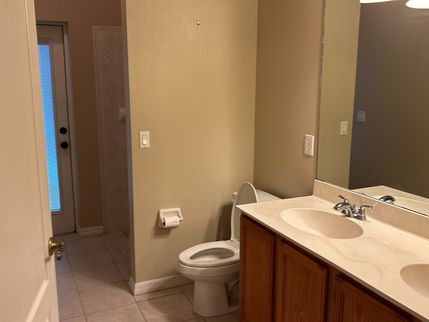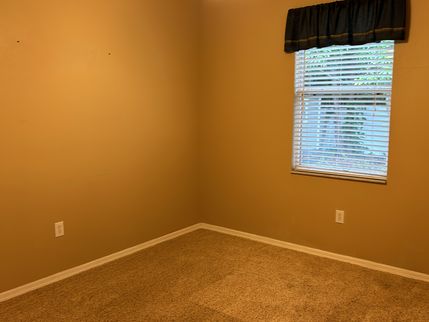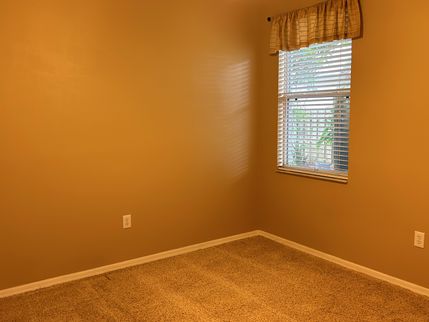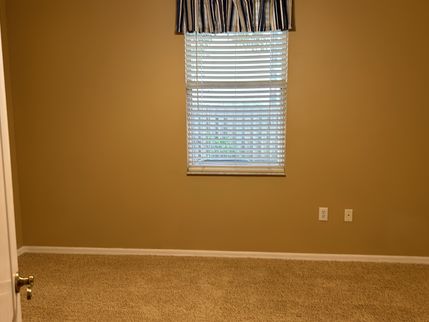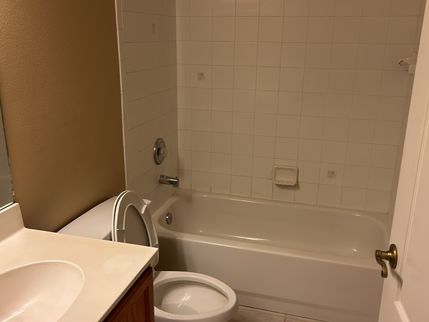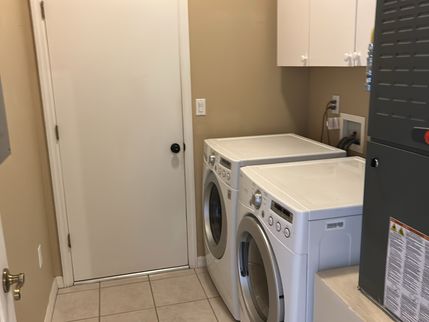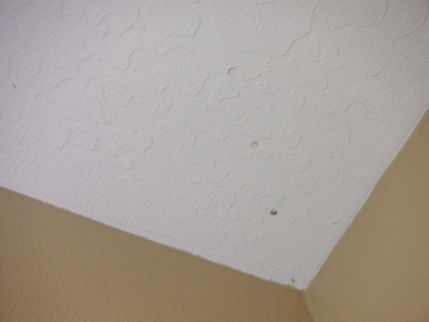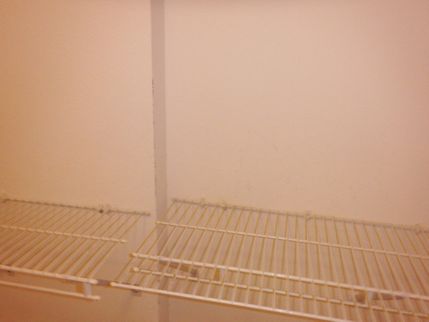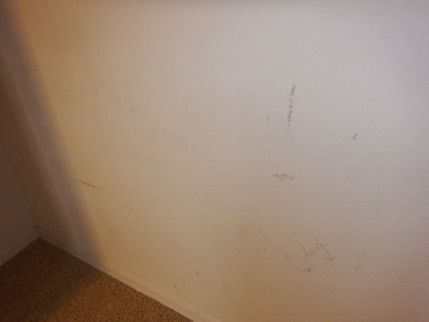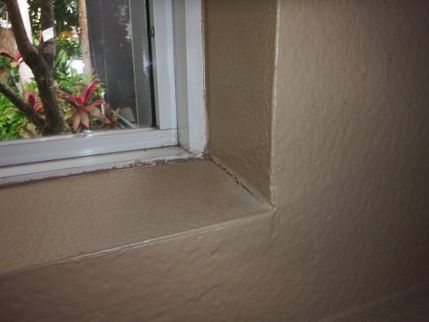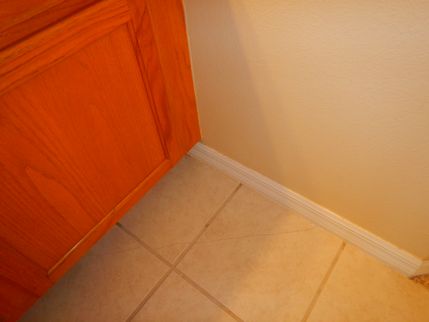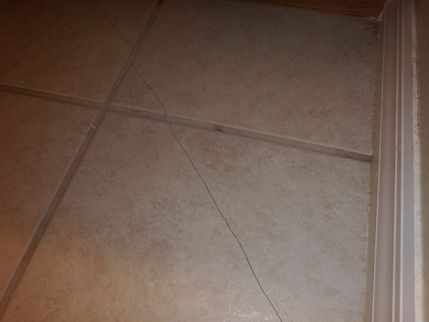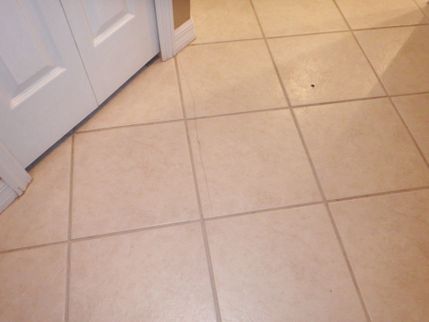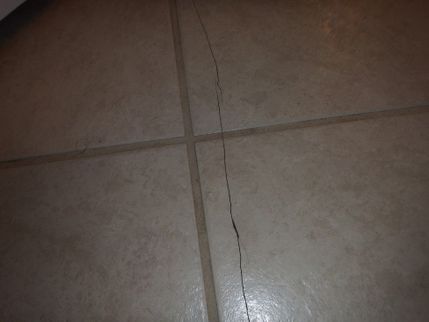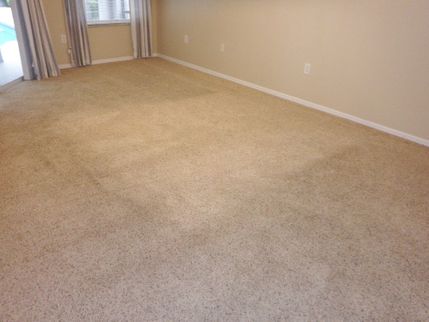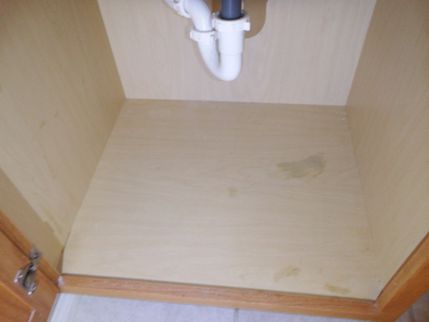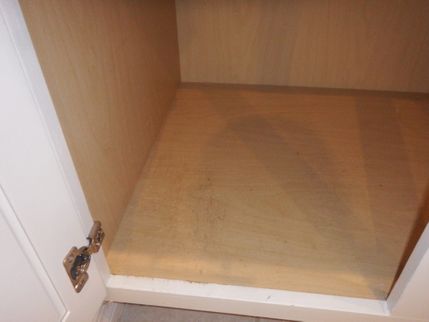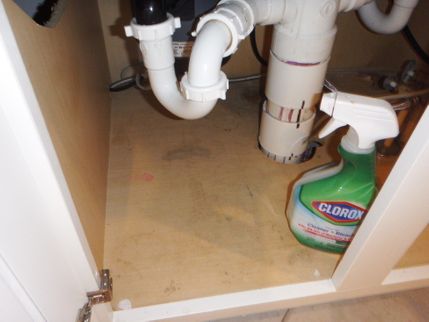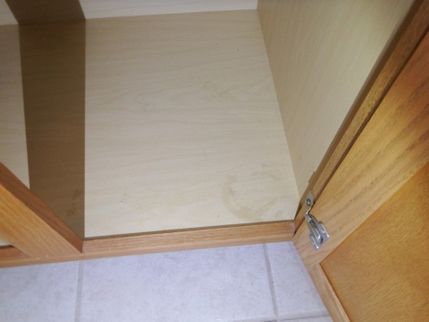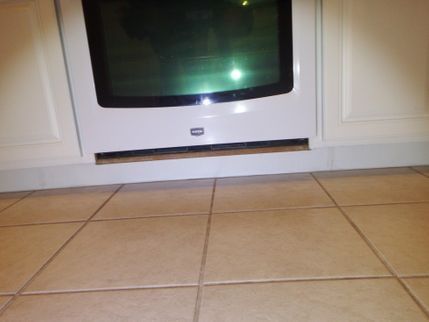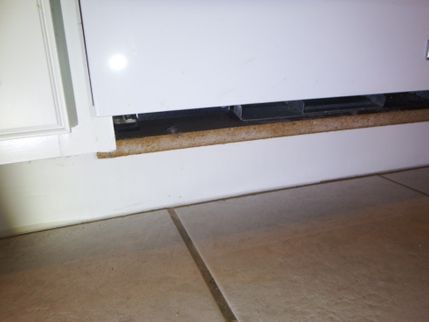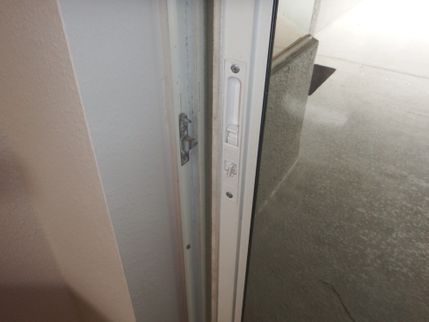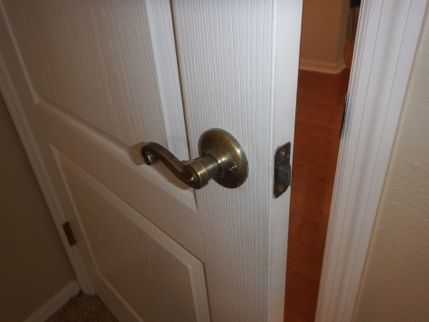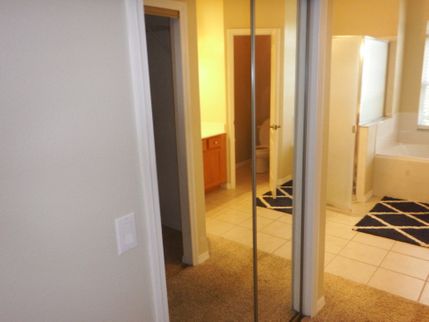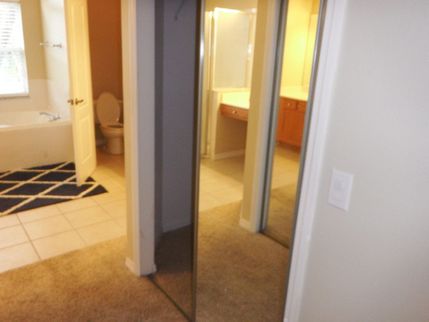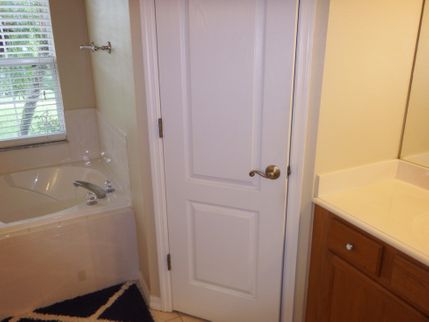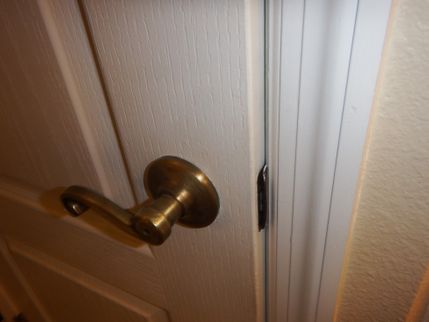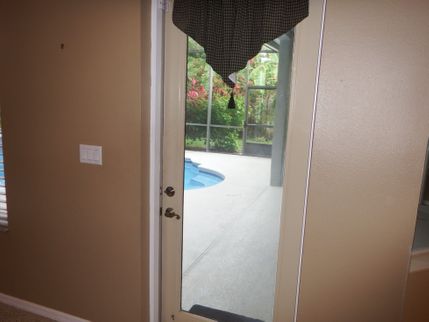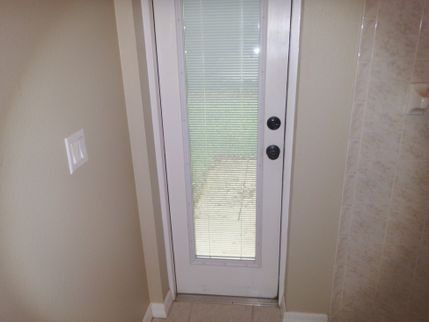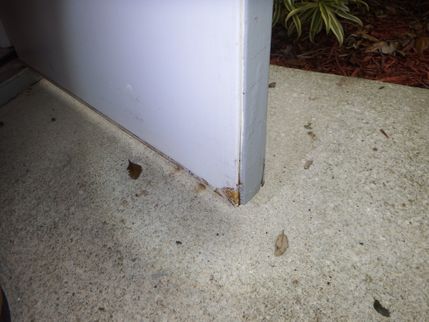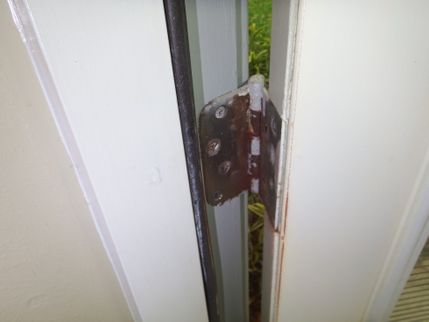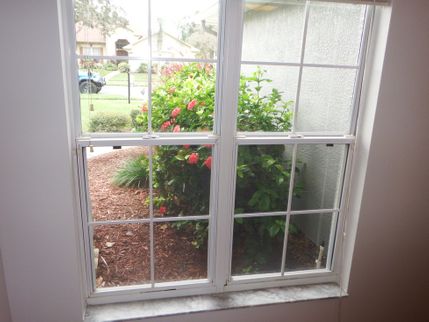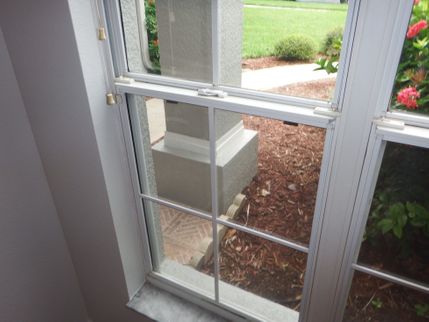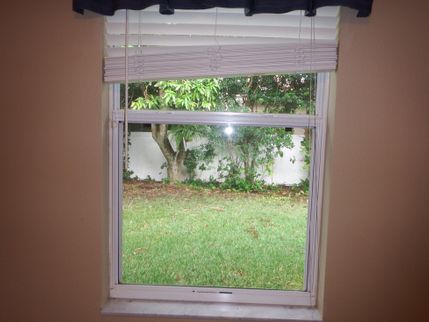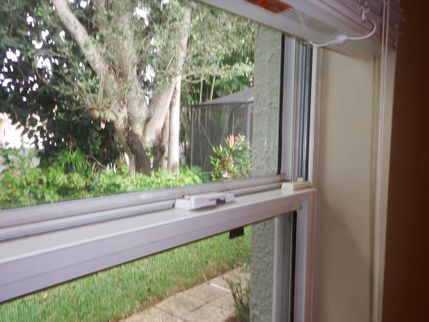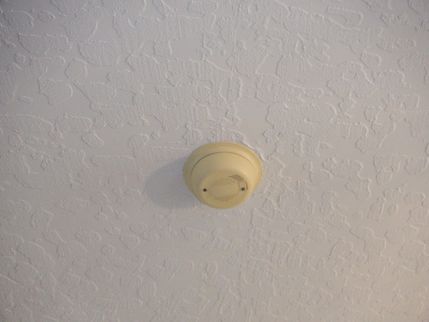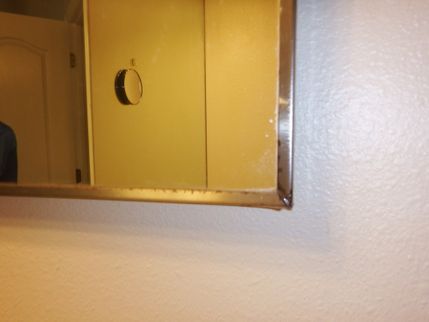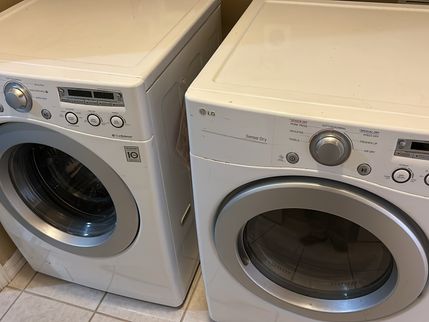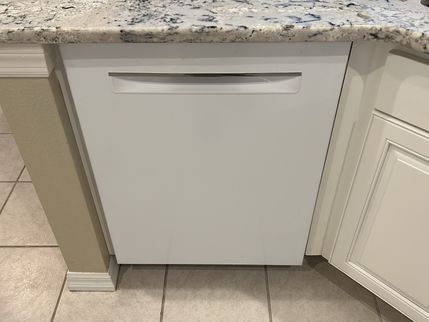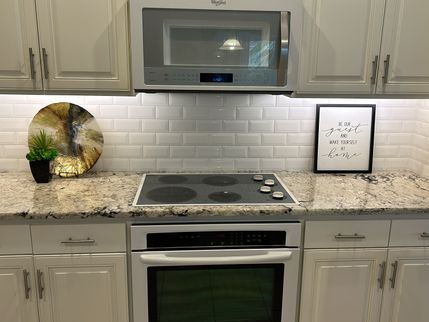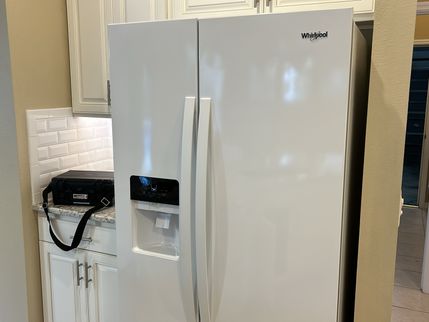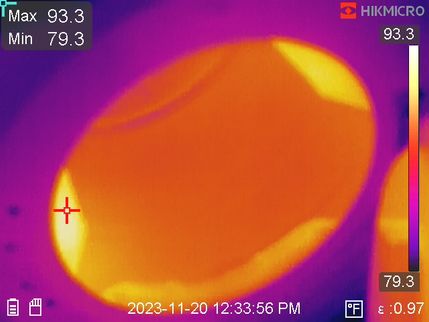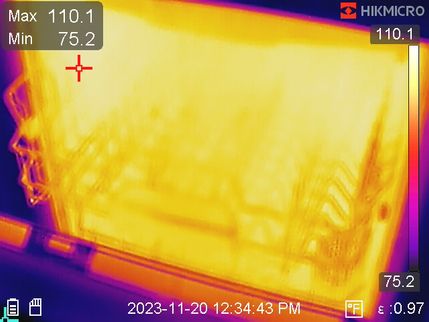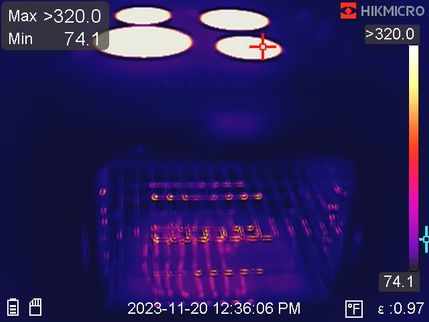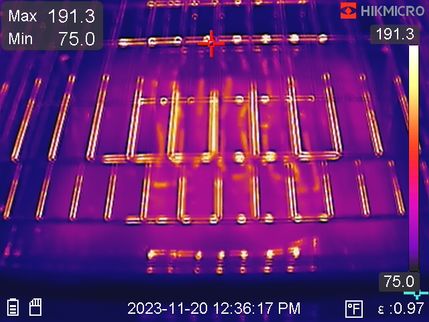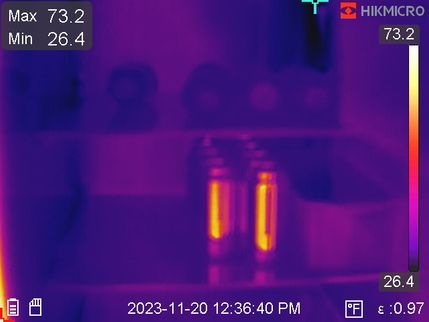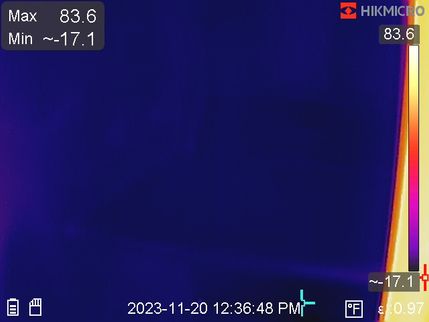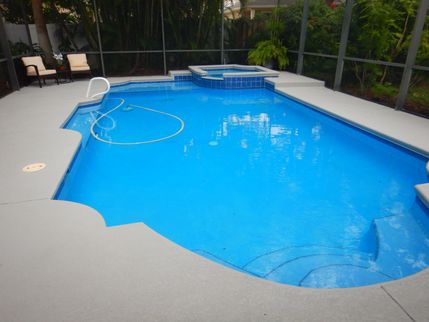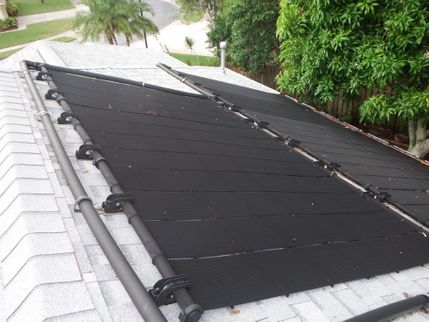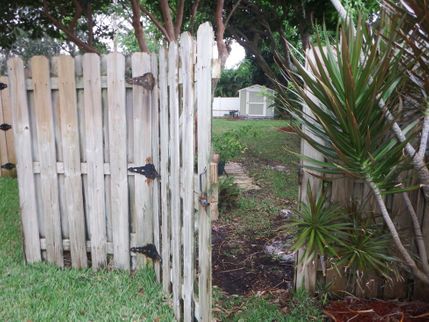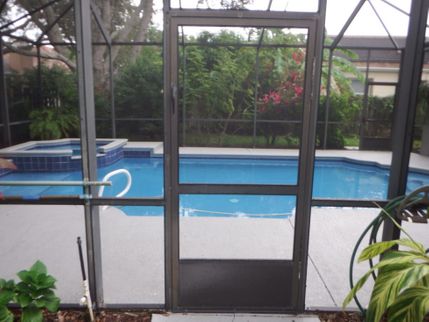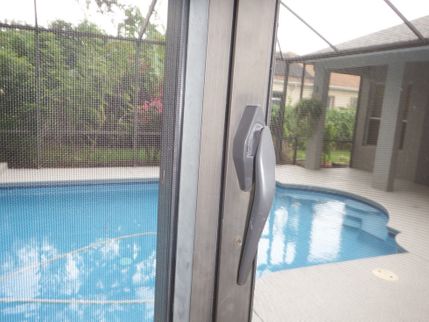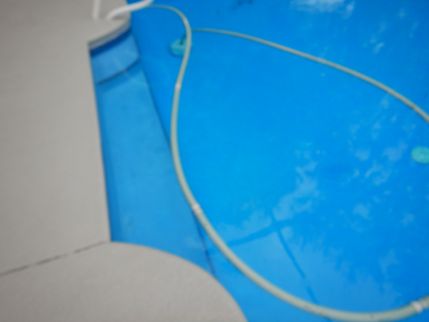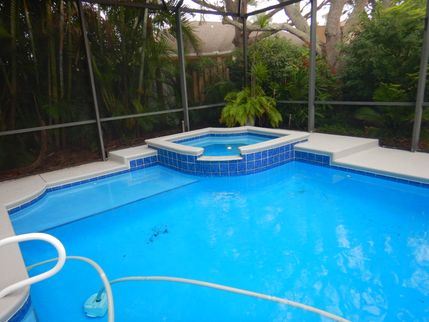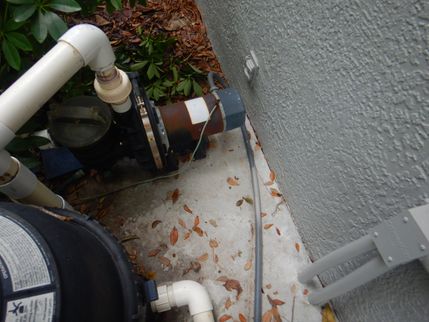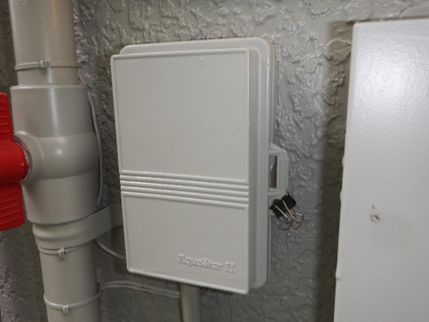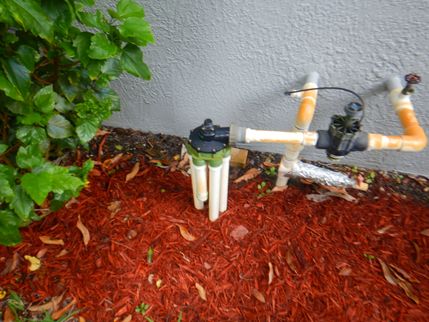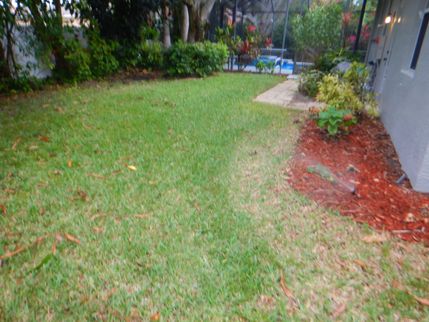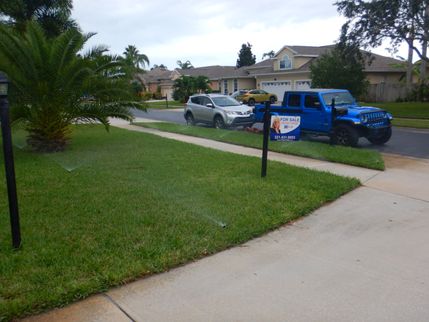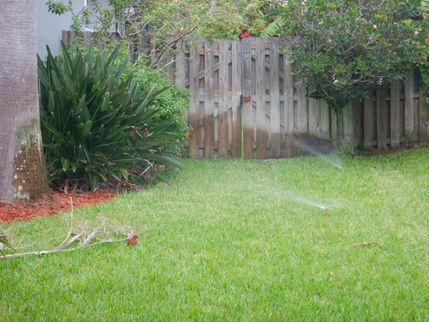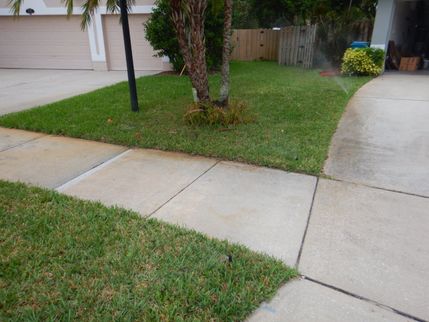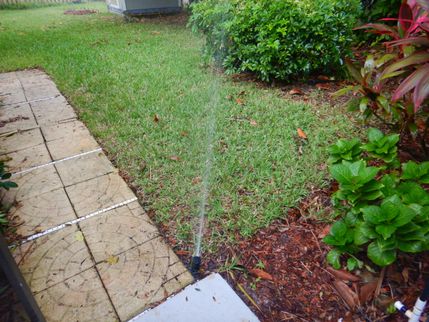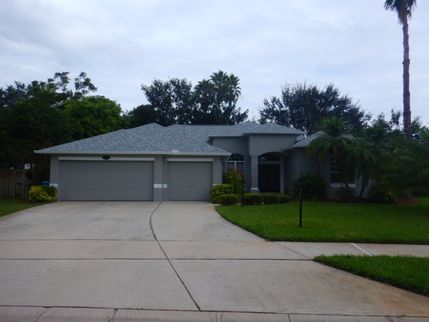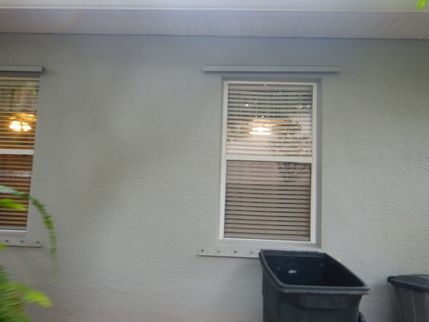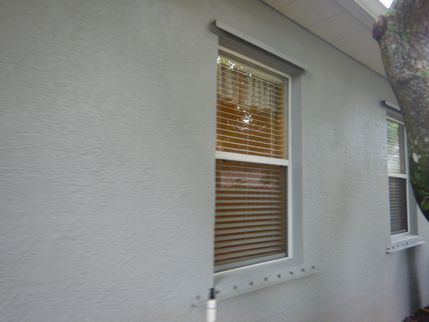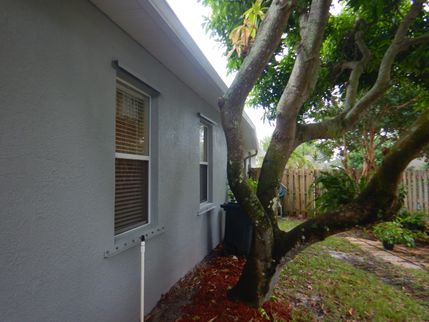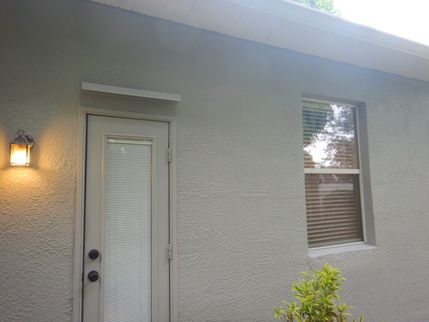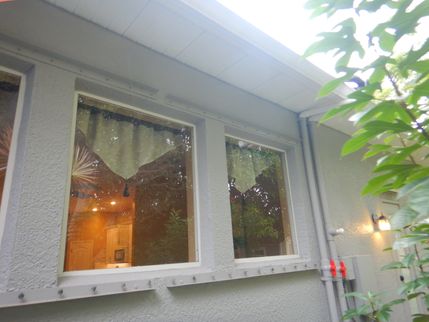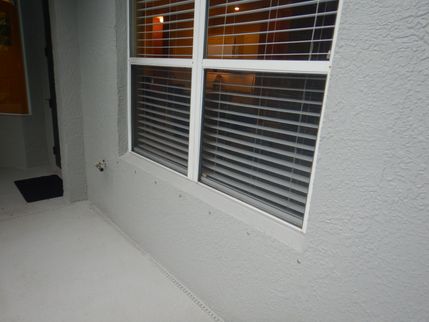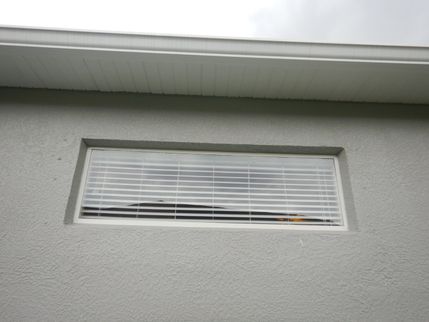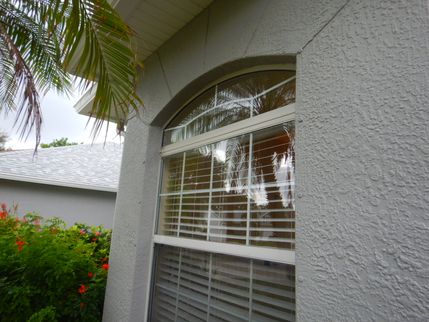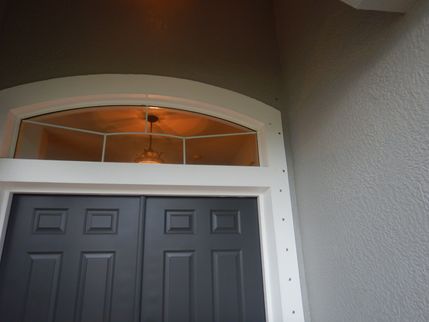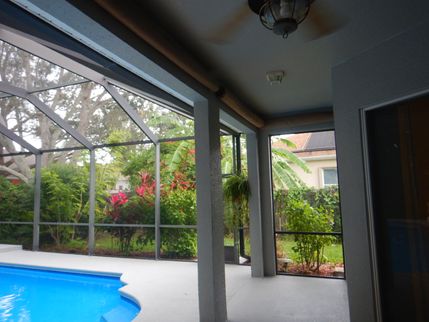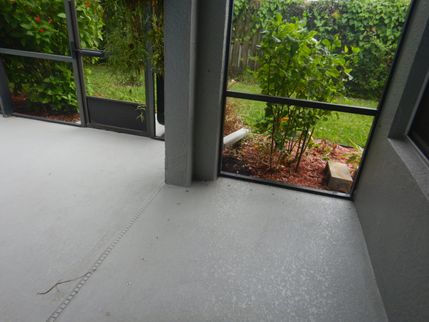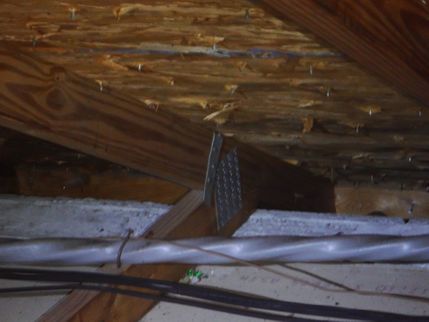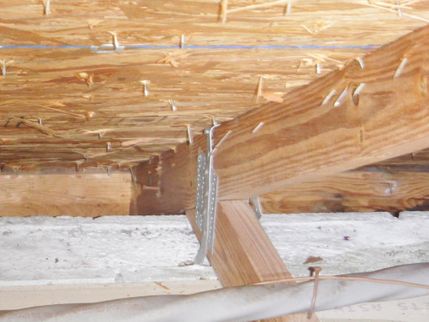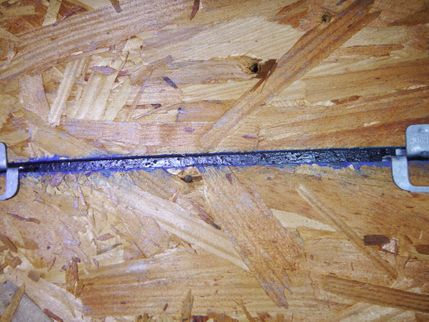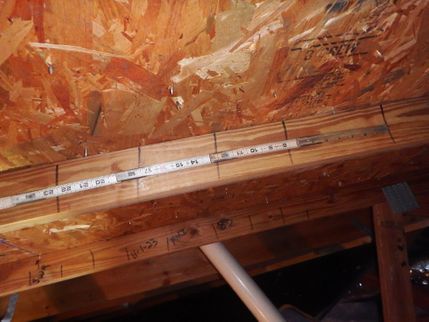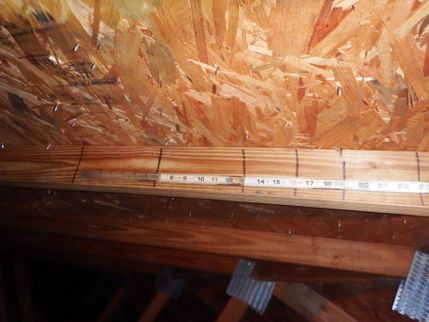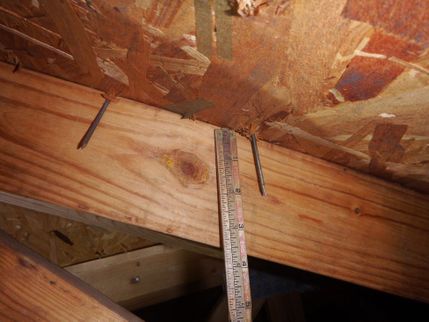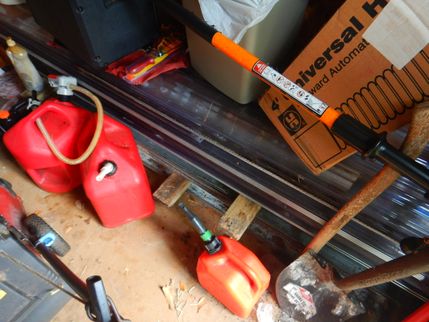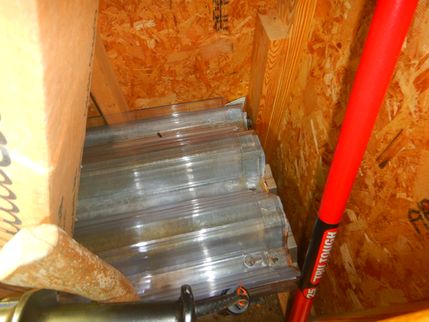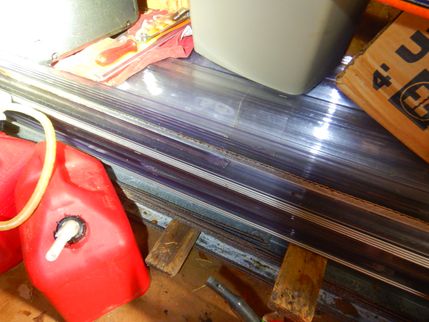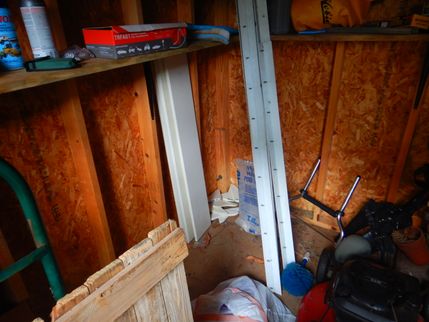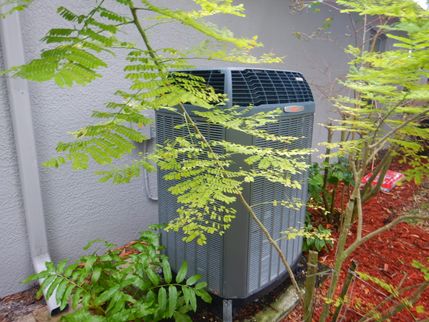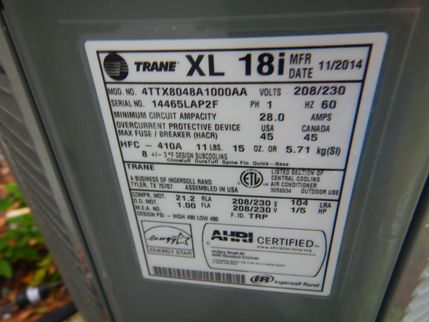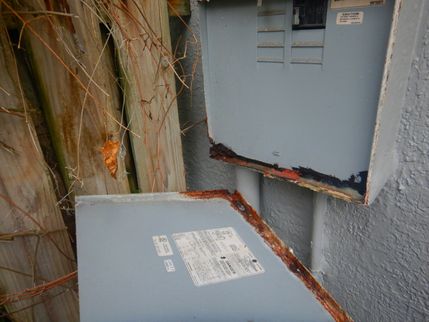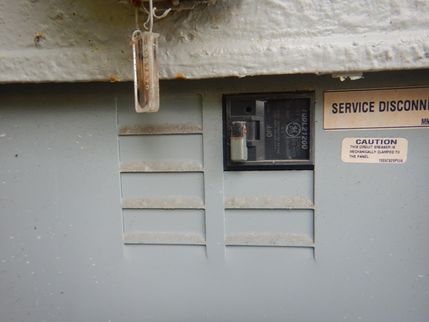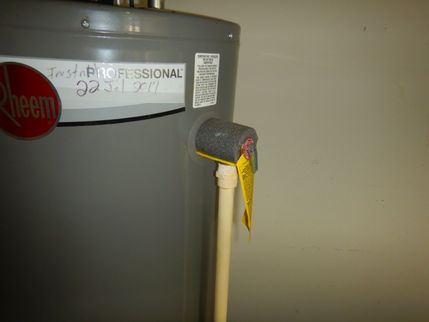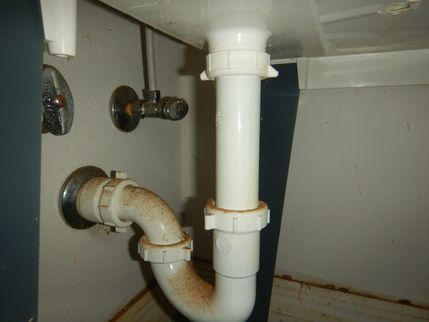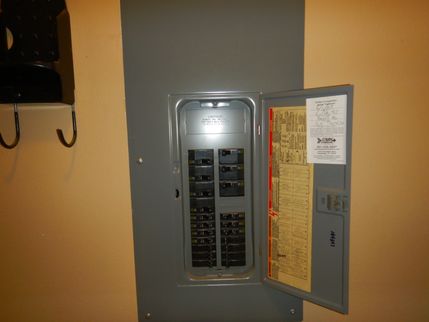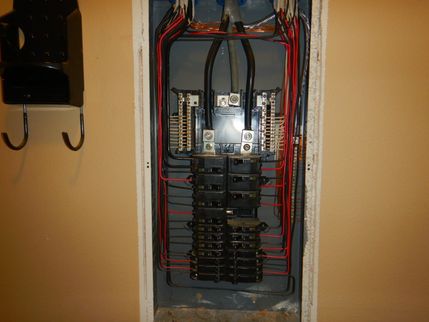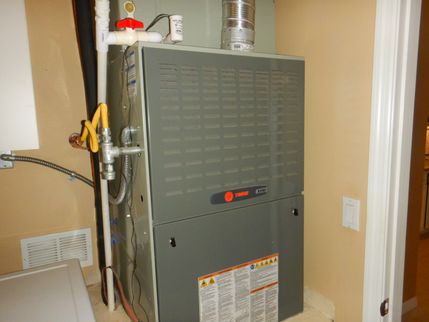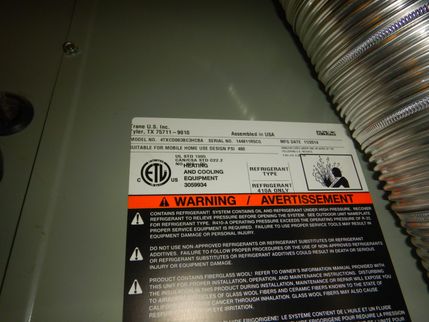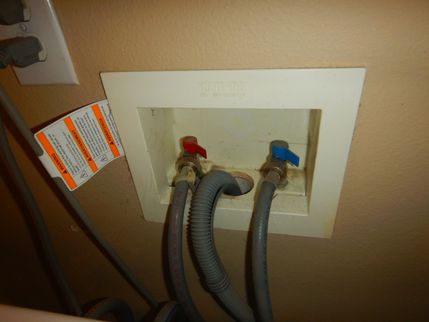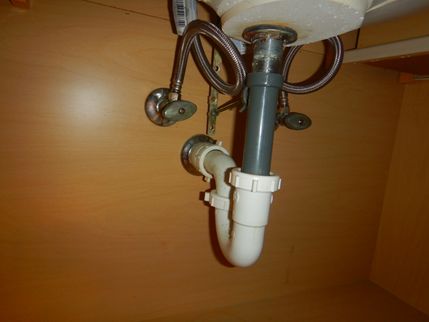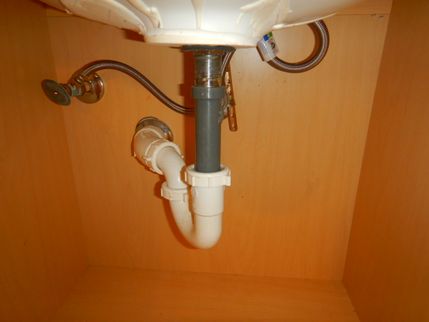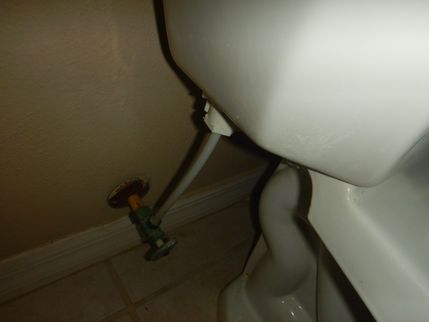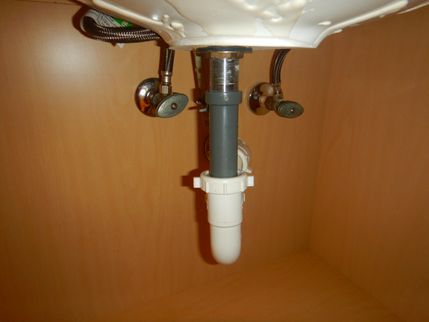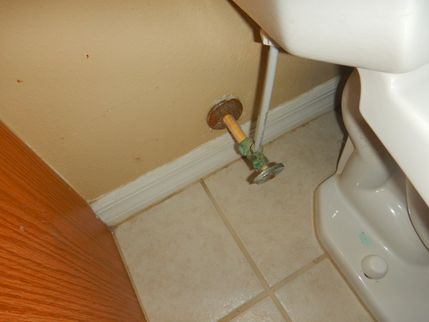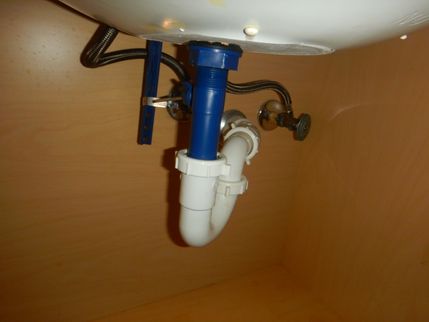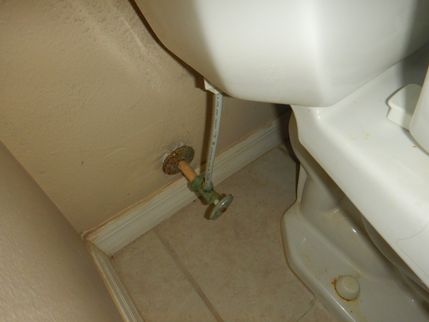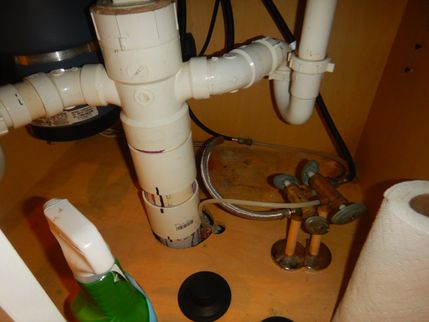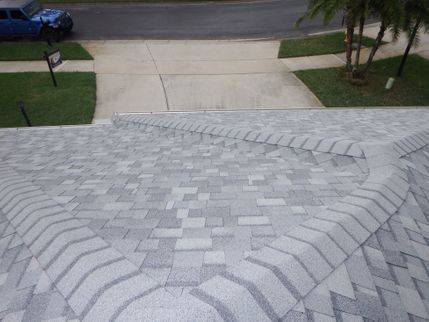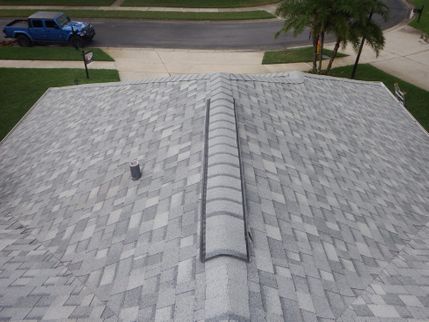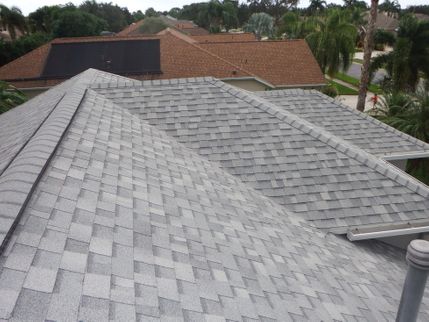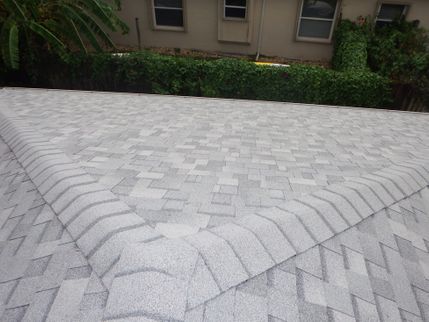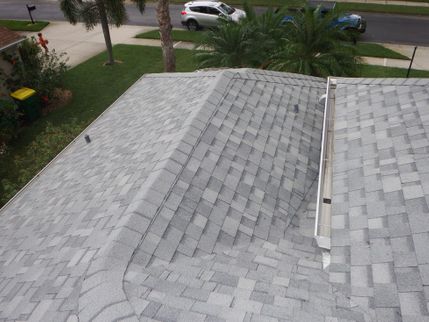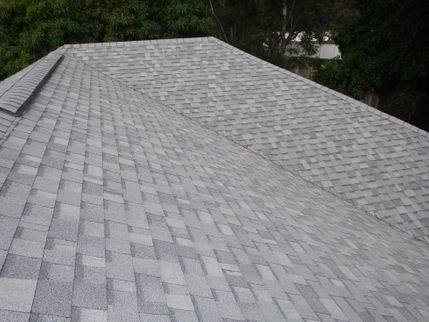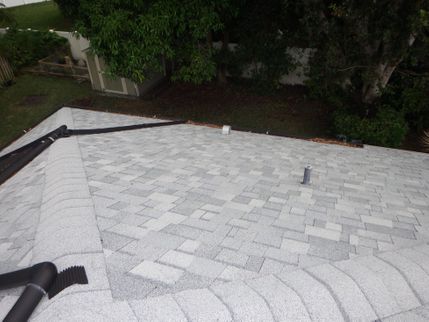
John Shishilla, Florida State License #HI-21 CRC1330745
The Scope and Purpose of a Home Inspection
Purchasing property involves risk
The purpose of a home inspection is to help reduce the risk associated with the purchase of a structure by providing a professional opinion about the overall condition of the structure. A home inspection is a limited visual inspection and it cannot eliminate this risk. Some homes present more risks than others. We cannot control this, but we try to help educate you about what we don’t know during the inspection process. This is more difficult to convey in a report and one of many reasons why we recommend that you attend the inspection.
A home inspection is not an insurance policy
This report does not substitute for or serve as a warranty or guarantee of any kind. Home warranties can be purchased separately from insuring firms that provide this service.
A home inspection is visual and not destructive
The descriptions and observations in this report are based on a visual inspection of the structure. We inspect the aspects of the structure that can be viewed without dismantling, damaging or disfiguring the structure and without moving furniture and interior furnishings. Areas that are concealed, hidden or inaccessible to view are not covered by this inspection. Some systems cannot be tested during this inspection as testing risks damaging the building. For example, overflow drains on bathtubs are generally not tested because if they were found to be leaking they could damage the finishes below. Our procedures involve non-invasive investigation and non-destructive testing which will limit the scope of the inspection.
This is not an inspection for code compliance
This inspection and report are not intended for city / local code compliance. During the construction process structures are inspected for code compliance by municipal inspectors. Framing is open at this time and conditions can be fully viewed. Framing is not open during inspections of finished homes, and this limits the inspection. All houses fall out of code compliance shortly after they are built, as the codes continually change. National codes are augmented at least every three years for all of the varying disciplines. Municipalities can choose to adopt and phase in sections of the codes on their own timetables. There are generally no requirements to bring older homes into compliance unless substantial renovation is being done.
This is just our opinion
Construction techniques and standards vary. There is no one way to build a house or install a system in a house. The observations in this report are the opinions of the home inspector. Other inspectors and contractors are likely to have some differing opinions. You are welcome to seek opinions from other professionals.
The scope of this inspection
This inspection will include the following systems: exterior, roof, structure, drainage, foundation, attic, interior, plumbing, electrical and heating. The evaluation will be based on limited observations that are primarily visual and non-invasive. This inspection and report are not intended to be technically exhaustive.
Your expectations
The overall goal of a home inspection is to help ensure that your expectations are appropriate with the house you are proposing to buy. To this end we assist with discovery by showing and documenting observations during the home inspection. This should not be mistaken for a technically exhaustive inspection designed to uncover every defect with a building. Such inspections are available but they are generally cost-prohibitive to most homebuyers.
Your participation is requested
Your presence is requested during this inspection. A written report will not substitute for all the possible information that can be conveyed verbally by a shared visual observation of the conditions of the property.
How to Read This Report
Getting the Information to You
This report is designed to deliver important and technical information in a way that is easy for anyone to access and understand. If you are in a hurry, you can take a quick look at our "Summary Page” and quickly get critical information for important decision making. However, we strongly recommend that you take the time to read the full Report, which includes digital photographs, captions, diagrams, descriptions, videos and hot links to additional information.
The best way to get the layers of information that are presented in this report is to read your report online, which will allow you to expand your learning about your house. You will notice some words or series of words highlighted in blue and underlined – clicking on these will provide you with a link to additional information.
This report can also be printed on paper or to a PDF document.
Chapters and Sections
This report is divided into chapters that parcel the home into logical inspection components. Each chapter is broken into sections that relate to a specific system or component of the home. You can navigate between chapters with the click of a button on the left side margin.
Most sections will contain some descriptive information done in black font. Observation narrative, done in colored boxes, will be included if a system or component is found to be significantly deficient in some way or if we wish to provide helpful additional information about the system or the scope of our inspection. If a system or component of the home was deemed to be in satisfactory or serviceable condition, there may be no narrative observation comments in that section and it may simply say “tested,” or “inspected.”
Observation Labels
All narrative observations are colored, numbered and labeled to help you find, refer to, and understand the severity of the observation. Observation colors and labels used in this report are:
- Repair or Replace:Repair items noted during inspection that aren't causing immediate damage or prevent habitability. Please note, repairs could include a wide range of issues and expense to correct.
- Recommended Maintenance:These are repair items that should be considered "routine home ownership items," such as servicing the air conditioner, cleaning the gutters, trimming vegetation or changing the air filters.
- Safety Improvement:Items or issues found that pose a health or safety risk for injury.
- Further Evaluation:The item or system will require additional research or information to determine relevance of the concern(s). This can include Non-functioning items, environmental concerns, or potential issues that would may require further evaluation.
- Due Diligence:Observation that are outside the general scope of an inspection, and are the responsibility of the client.
- General Information:General Client Information
- Note:Refers to aside information and /or any comments elaborating on descriptions of systems in the home or limitations to the home inspection.
- Description:Description of various aspects of the property noted during the inspection.
- No Issues Observed:No concerns were noted for this area or item.
Summary Page
The Summary Page is designed as a bulleted overview of all the observations noted during inspection. This helpful overview is not a substitution for reading the entire inspection report. The entire report must be read to get a complete understanding of this inspection report as the Summary Page does not include photographs or photo captions.
Summary
Repairs or Replacement
- E-2 Exterior:
The soffits were loose at the left side of the front entry. We recommend securing to prevent critters from entering the attic space.
- E-4 Exterior:
The rear sliding screen doors didn't stay on the tracks.
- E-6 Exterior:
There was evidence of wood decay at the pool bath door frame.
- AV-2 Attic(s) and Ventilation:
The attic had signs of rodent-activity including feces and tunnels in insulation. We recommend that you contact a pest-control professional in order to discuss the options (and costs) for removal of any animals in the attic, and also, for securing it from further entry.
- ES-2 Electrical System:
The service panel was damaged/rusted, and should be replaced. It is sealed shut and we didn't open it.
- PS-7 Plumbing System:
Rusting at the guest bathroom tub.
Safety Improvements
- AV-4 Attic(s) and Ventilation:
Lint build up was present in the dryer vent. We recommend cleaning.
- I2-14 Interior:
The smoke detectors should be tested, and fresh batteries should be inserted upon moving into home. Some manufacturers recommend replacing smoke detectors every ten years and should be installed in all bedrooms, outside all sleeping areas, and all rooms, except for bathrooms and kitchens. All homes that burn fuel should have Carbon Monoxide detectors installed, as per the manufacturer's specifications.
- SP-2 Swimming Pool(s):
There was no pool alarm, nor was there a proper baby-gate around the pool. This could be very hazardous, should a small child accidently gain access to the pool-area.
- SP-3 Swimming Pool(s):
The gates and screen doors did not self close/latch properly. All doors/gates with direct-access to the pool should be self-closing/self-latching with a handle 54” from the floor to prevent accidental child access. Adjust doors as needed.
Further Evaluations
- AV-1 Attic(s) and Ventilation:
Staining in the attic at the right side of the home. We recommend monitoring and repairing as needed.
- I2-11 Interior:
The door from the living room to the lanai rubbed the frame and was fogged at the glass indicating the seal between the thermal insulated panels has failed. Clean or repair as needed.
- SP-4 Swimming Pool(s):
There were several stains on the pool surface. You may want to contact a pool-repair or contractor for further evaluation.
Due Diligence
- E-15 Exterior:
It is prudent to ask the current owner/builder or installer for all paperwork relating to the shutters, windows, doors and any other documentation for insurance purposes. Without proper documentation some companies will not give discounts that may be available for your insurance.
Inspection Report
Exterior
Overview
Siding, Flashing and Trim
Eaves, Soffits & Fascias
Doors
Windows
Driveway, Walkway, Vegetation, grading and drainage
Patio(s), Screen room(s), and Pool Enclosure
Opening Protection (hurricane shutters and impact windows)
Other
Foundation and Structure
Foundation Overview
Foundation, Crawlspaces and Basement(s)
Columns, Posts or Piers
Floors (Structural)
Walls (Structural)
Ceilings (Structural)
Roof(s)
Roof Overview
Roof Coverings
Flashings
Skylights, Chimneys and Penetrations
Roof Drainage Systems (Gutters)
Attic(s) and Ventilation
Attic / Ventilation Overview
Attic Access/Stairs
Roof Structure and Attic
Insulation in Attic
Ventilation of Attic
Venting Systems (Kitchen, Bathrooms, and Laundry)
Garage(s)
Garage Overview
Garage Ceilings
Garage Walls (including firewall separation)
Garage Floor
Garage Door (s)
Garage Door Operators
Air Conditioning System(s)
Air Conditioning Overview
Cooling Equipment
Heating and Air handler(s)
Distribution Systems (including fans, pumps, ducts and piping, with supports, insulation, air filters, registers, radiators, fan coil units & convectors)
Electrical System
Electrical Overview
Service Entrance Lines
Meter Box, Main Disconnect, Service Grounding/Bonding and Panels
Branch Circuit Conductors, Overcurrent devices and compatibility
Switches, Receptacles, Fixtures and Visible Wiring (observed from a representative number)
Polarity and Grounding of Receptacles
Operation of Ground Fault Circuit Interrupters (GFCIs)
Operation of Arc Fault Circuit Interrupters (AFCIs)
Low Voltage(doorbell)
Plumbing System
Plumbing Overview
Plumbing Water Supply & Distribution Systems
Plumbing Drain, Waste and Vent Systems
Hot Water Systems, Controls, Flues and Vents
Tubs and Showers
Fuel Storage and Distribution systems
Interior
Interior Overview
Ceilings
Walls
Floors
Counters and a representative number of Cabinets
Doors (Representative number)
Windows (Representative number)
Smoke Detectors / Carbon Monoxide Detectors
Fireplace(s)/Woodstove
Other
Appliances
Appliance Overview
Dishwasher
Ranges / Ovens / Cooktops
Food Waste Disposer
Microwave Cooking Equipment (Built-in only)
Refrigerator
Range Hood
Clothes Washing Machine
Clothes Dryer
Swimming Pool(s)
Pool Overview
Styles and Materials
Pool Fence, Baby gate or Alarm
Pool Deck
Surface, walls and floor of pool
Pumps for circulation of water
Pool Electric and lights
Overflow Skimmer and Drains
Heater(s)
Chlorinator
Introduction
Introduction
Type of Building: Single Family Residence
Approximate age of building: 23 Years (2000)
Weather (recent): Cloudy
Ground/Soil Conditions: Damp
Recent Rains: Significate rain in the area
Occupancy: Partially Furnished
Standards of Practice: State of Florida
Florida Standards of Practice: Click here to read the requirements of a a Florida home inspection. Please contact us if you have any questions.
All items in the report should be considered before close of escrow. All indications of needed repairs should be further evaluated by the appropriate professional, as multiple issues and repairs may be involved. If the report indicates notes of prior repairs, the seller and appropriate persons should be contacted to discuss their findings. We do not evaluate prior repairs. All and any estimates of life expectancy are only estimates and barring any unusual circumstances. Proper maintenance and monitoring of all systems is always necessary.
Portions of the interior were hidden by the occupant's belongings. In accordance with industry standards, the inspection is limited to only those surfaces that are exposed and readily accessible. The Inspector(s) do not move furniture, lift floor-covering materials, or rearrange items within closets or on shelving. On your final walk through, or at some point after furniture and personal belongings have been removed, it is important that you or the inspector inspect the interior portions of the residence that were concealed or otherwise inaccessible at the time of the inspection. Contact our office immediately if any adverse conditions are observed that were not commented on in your inspection report. The inspection company will be happy to assist you if needed.
Permit Information found. We recommend you have this information verified.
Roof Permit 18BC02358 Applied 01/31/18, Final 02/21/18
2020; Resurface Pool
2018; Shutters
2014; HVAC
Exterior
Overview
Exterior: Standards
The inspector(s) are not required to inspect: Window and door screening, shutters, awnings, and similar seasonal or protective accessories and devices; Fences; Recreational facilities; Outbuildings (with the exception of garages and carports); Swimming pools, seawalls, break-walls, boat lifts and/or docks. The inspector(s) are not required to move furniture, appliances, lawn and garden equipment, tools, stored items, wall decorations, floor covering, clothing or any items that block the view and access to components or structures or drywells, Determine the integrity of the thermal window seals or damaged glass. The exterior was inspected and reported on, based on this standard.
Siding, Flashing and Trim
Siding Style: Cement stucco
Eaves, Soffits & Fascias
Materials: Metal
Doors
Styles and Materials: Metal/Wood
Windows
Driveway, Walkway, Vegetation, grading and drainage
Driveway/Parking: Concrete
Patio(s), Screen room(s), and Pool Enclosure
Opening Protection (hurricane shutters and impact windows)
Shutters: Panels, Fabric/Screen, Documentation Needed
You should verify installation, fit, and quantity of the shutters before needed for a storm.
It is prudent to ask the current owner/builder or installer for all paperwork relating to the shutters, windows, doors and any other documentation for insurance purposes. Without proper documentation some companies will not give discounts that may be available for your insurance.
Foundation and Structure
Foundation Overview
Foundation: Standards
The inspector(s) are not required to enter or traverse any under-floor crawl space or attic if, in the opinion of the inspector: An unsafe or unsanitary condition exists; An inadequate clearance exists to allow the inspector safe entry or traversing; The potential exists to cause damage to insulation, ductwork, other components or stored items. The inspector is not required to provide any engineering or architectural services or offer an opinion as to the adequacy of any structural system or component.
Foundation, Crawlspaces and Basement(s)
Style: Poured concrete
Method used to observe the crawlspace: N/A or No crawlspace
Columns, Posts or Piers
Types: Not Applicable
Floors (Structural)
Floor Descriptions: Poured concrete
Walls (Structural)
Wall Structure material: Masonry
Ceilings (Structural)
Material: 2X4
Roof(s)
Roof Overview
Roof: Standards
The inspector is not required to inspect: Components or systems that are not readily accessible; Antenna or other installed accessories; Interiors of flues or chimneys which are not readily accessible. The inspector is not required to walk on the roof surface when, in the opinion of the inspector, the following conditions exist: Roof slope is excessive to safely walk on; There is no safe access to the roof; Climatic conditions render the roof unsafe to walk on; Condition of the roofing material or roof decking renders the roof unsafe to walk on; Walking on the roof may cause damage to the roof covering materials; and walking will place any liability or danger to anyone. The roof was inspected based on these standards. While the inspector(s) makes every effort to find all areas of concern, some areas can go unnoticed. Roof coverings and skylights can appear to be leak proof during inspection and dry conditions. Our inspection makes an attempt to find a leak, but sometimes it cannot. Please be aware that the inspector(s) has your best interest in mind. Any repair items mentioned in this report should be considered before purchase. It is recommended that qualified professionals be used in your further inspection, or repair issues, as it relates to the comments in this inspection report.
Roof Coverings
Roof type/shape: Hip
Roof Covering(s): Architectural Shingles
Roof viewed from: Walked roof
Roof age (covering): Five years or less, 01/31/2018
Skylights, Chimneys and Penetrations
Skylight(s): None
Chimney (exterior): N/A None
Attic(s) and Ventilation
Attic / Ventilation Overview
Attic and Ventilation: Standards
The inspector(s) are not required to enter or attic if, in the opinion of the inspector: An unsafe or unsanitary condition exists; An inadequate clearance exists to allow the inspector safe entry or traversing; The potential exists to cause damage to insulation, ductwork, other components or stored items. The inspector is not required to provide any engineering or architectural services or offer an opinion as to the adequacy of any structural system or component.
Attic Access/Stairs
Access type: Scuttle hole, Pull Down stairs, No issue noticed
Inspected, No significant issues noticed.
Roof Structure and Attic
Method used to access the attic: Walked, Partially inaccessible
Roof structure: Engineered wood trusses
Roof to wall attachment(s): Straps
Roof deck/attachment: 8d nails, 6" by 6" pattern, OSB
Insulation in Attic
Attic Insulation: Blown Fiberglass
Some of the insulation had been moved, and should be replaced for maximum energy efficiency.
Ventilation of Attic
Attic ventilation: Ridge vents, Soffit Vents, No issue noticed
Inspected, No significant issues noticed.
Venting Systems (Kitchen, Bathrooms, and Laundry)
Bathroom vent/fans: Fan with light, Fan
Dryer vent: Metal
Garage(s)
Garage Ceilings
No issue noticed
Inspected, No significant issues noticed.
Garage Walls (including firewall separation)
No issue noticed
Inspected, No significant issues noticed.
Garage Floor
Garage Door (s)
Door Type(s): One automatic
Door Material: Metal, Wind Rated
Air Conditioning System(s)
Air Conditioning Overview
Air Conditioning Systems: Standards
The inspector is not required to inspect: Interiors of flues or chimneys which are not readily accessible; Heat exchangers; Humidifiers or dehumidifiers; Electronic air filters, sanitizers, or UV lights; Solar space heating systems; Internal components such as coils and pans Humidistats; Automatic HVAC zoned systems, dampers, controls, that are not readily accessible; Removable window air conditioning systems. The inspector is not required to: Determine Air/heat supply adequacy or distribution balance; Operate A/C or heat pump systems when ambient temperatures pose the potential for damage to the air conditioning system; Determine cooling supply adequacy, distribution balance or indoor air quality; Operate the air conditioning system when ambient temperatures pose the potential for damage to the air conditioning system.
Cooling Equipment
Central Air Manufacturer(s): Trane
Cooling Equipment Type(s): Air conditioner unit, 4 Ton
Number of Air conditioning units: One
Air Conditioner Manufacturer Date(s): 2014
An ambient air test was performed by using on the air handler to determine if the difference in temperatures of the supply and return air are between 14 degrees and 22 degrees. The differential of this unit was: 17 degrees
The unit is cooling as intended.
Heating and Air handler(s)
Heat System Brand: Trane
Air Handler / Furnace manufacture date (Estimated): 2014
Heater/Air handler Location: Laundry room
Heat Type: Forced Air, Natural Gas heat
Heating Capacity(Approx): Unknown
Energy Source: Natural gas
The label was missing, illegible or damaged on the unit, we were unable to obtain size of the unit.
Distribution Systems (including fans, pumps, ducts and piping, with supports, insulation, air filters, registers, radiators, fan coil units & convectors)
Ductwork: Insulated
Filter Type(s): Disposable
Filter size(s): 24x24
Electrical System
Electrical Overview
Electrical : Standards
State SOP's do not require the inspector to: Insert any tool, probe, or testing device inside the panels; Test or operate any over current device except ground fault circuit interrupters; Dismantle any electrical device or control other than to remove the covers of the main and auxiliary distribution panels; or Observe: Low voltage systems; Security system devices, heat detectors, or carbon monoxide detectors; Telephone, security, cable TV, intercoms, or other ancillary wiring that is not a part of the primary electrical distribution system; or Built-in vacuum equipment.
Service Entrance Lines
Electrical Service Conductors: Below ground
Meter Box, Main Disconnect, Service Grounding/Bonding and Panels
Electrical Service: 200 AMP
Panel Type(s): Circuit breakers
Electrical Panel Manufacturer(s): Square D
Locations of main panel(s): Exterior left side
Branch Circuit Conductors, Overcurrent devices and compatibility
Wiring Methods: Copper, Non-metallic sheathed cable (NM, Romex)
Switches, Receptacles, Fixtures and Visible Wiring (observed from a representative number)
No issues noticed
Inspected, No significant issues noticed.
Polarity and Grounding of Receptacles
No issues noticed
Inspected, No significant issues noticed.
Operation of Ground Fault Circuit Interrupters (GFCIs)
Ground Fault Circuit Locations: Bathroom(s), Kitchen, Exterior, Garage, Laundry
Operation of Arc Fault Circuit Interrupters (AFCIs)
Although it may not have been required when the home was built, we recommend adding Ground Fault Circuit Interrupter (GFCI) outlets to all areas near water, including all bathrooms, all kitchen areas, laundry rooms, garages, etc. Arc Fault Circuit Interrupter(AFCI) breakers should be installed to protect all areas.
Low Voltage(doorbell)
No issues noticed
Inspected, No significant issues noticed.
Plumbing System
Plumbing Overview
Plumbing : Standards
The inspector is not required to inspect: Wells or water storage related equipment; Water conditioning systems; Solar water heating systems; Fire sprinkler systems; Private waste disposal systems; Irrigation system(s). The inspector is not required to: Test shower pans, tub and shower surround for leakage; Operate safety valves or shut-off valves; Determine whether water supply and waste disposal systems are public or private; Determine the quantity or quality of the water supply, or if the function flow at the time of the inspection (or thereafter) will meet the client’s needs
Plumbing Water Supply & Distribution Systems
Water Source: Public
Plumbing water and distribution (visible inside the home): Copper, CPVC
Plumbing Fixture supply and valves: Braided Nylon
Main water shut-off location: Right side
Plumbing Drain, Waste and Vent Systems
Drains and waste vent material (visible): PVC
Washer Drain size: 2" Diameter
Hot Water Systems, Controls, Flues and Vents
Water heater power source: Natural Gas
Water heater size: 40 Gallon
Water Heater Manufacturer: Rheem
Water heater Manufacture date (Estimated): 2017
Water heater location(s): Garage
Tubs and Showers
Interior
Interior Overview
Interior: Standards
The inspector is not required to inspect: Paint, wallpaper, window treatments, and other specialty finish treatments; Carpeting; Window treatments; Central vacuum systems; Recreational facilities; Fire screens and doors, if not permanently attached; Seals and gaskets on fireplaces; Automatic fuel feed devices; Mantles and fireplace surrounds; Combustion make-up air devices; Heat distribution assists whether gravity controlled or fan assisted in fireplaces. The inspector is not required to: Open or operate any windows, doors, and/or access covers that are permanently or temporarily secured by mechanical means, are painted shut, or are blocked by stored items or furniture; Ignite or extinguish fires; Light gas fireplaces or heaters, or other unlit pilot light devices; Determine draft characteristics for fireplaces and chimneys; Move fireplace inserts, stoves, or firebox contents; Disturb insulation; Activate any system or appliance that is shut down, disconnected, or otherwise rendered inoperable; Operate or evaluate any system, component or appliance that does not respond to normal user controls; Operate any gas appliance that requires the manual lighting of a pilot light or burner device; Operate any system, appliance or feature that requires the use of special codes, keys, combinations, or devices or where user manual reference is required.
Ceilings
Material: Drywall
Floors
Floor Covering(s): Tile, Carpet, Hardwood T&G
Counters and a representative number of Cabinets
Cabinet material: Wood / Laminate
Countertop types: Stone, Corian
Doors (Representative number)
Types: Hollow core, Raised panel, Wood
Windows (Representative number)
Types: Single pane, Single-hung
Smoke Detectors / Carbon Monoxide Detectors
Locations: Hallway, Living room, Bedrooms
The smoke detectors should be tested, and fresh batteries should be inserted upon moving into home. Some manufacturers recommend replacing smoke detectors every ten years and should be installed in all bedrooms, outside all sleeping areas, and all rooms, except for bathrooms and kitchens. All homes that burn fuel should have Carbon Monoxide detectors installed, as per the manufacturer's specifications.
Fireplace(s)/Woodstove
Types of fireplace(s): None
Appliances
Appliance Overview
Appiliance: Standards
FL Standards do not require inspectors to Activate any system or appliance that is shut down, disconnected, or otherwise rendered inoperable; (b) Operate or evaluate any system, component or appliance that does not respond to normal user controls; (c) Operate any gas appliance that requires the manual lighting of a pilot light or burner device; (d) Operate any system, appliance or feature that requires the use of special codes, keys, combinations, or devices or where user manual reference is required; (e) Operate any system, component, or appliance where in the opinion of the inspector, damage may occur; (f) Determine thermostat(s) calibration, adequacy of heating elements, operate or evaluate self cleaning cycles, door seals, indicator lights, timers, clocks or timed features, defrost cycles or frost free features, or other specialist features as it applies to the appliance device; (g) Determine leakage from microwaves ovens; (h) Determine the presence or operation of back draft damper devices in exhaust devices; (I) Move any appliance; (J) Confirm operation of every control or feature of a system or appliance.
Dishwasher
Brand: Bosch
No issues noticed
Inspected, No significant issues noticed.
Ranges / Ovens / Cooktops
Brand(s): Maytag
Cooktop: Whirlpool
No issues noticed
Inspected, No significant issues noticed.
Food Waste Disposer
Brand: In-Sink-Erator
No issues noticed
Inspected, No significant issues noticed.
Microwave Cooking Equipment (Built-in only)
Brand: Whirlpool
No issues noticed
Inspected, No significant issues noticed.
Refrigerator
Brand: Whirlpool
No issues noticed
Inspected, No significant issues noticed.
Range Hood
Brand/Type: Re-circulated
Clothes Washing Machine
Brand: LG
No issues noticed
Inspected, No significant issues noticed.
Clothes Dryer
Dryer Power Source: 220 Electric and Gas Connection
Brand: LG
No issues noticed
Inspected, No significant issues noticed.
Swimming Pool(s)
Pool Overview
Pool: Standards
Pools are fun, but children and adults can lose their life quickly. Over 4000 lives annually are lost with one-third under the age of 14. A child can drown in the time it takes to answer a phone. A swimming pool is 14 times more likely than a motor vehicle to be involved in the death of a child age 4 and under. An estimated 5,000 children ages 14 and under are hospitalized due to near-drownings each year; 15 percent die in the hospital and as many as 20 percent suffer severe, permanent brain damage. Of all preschoolers who drown, 70 percent are in the care of one or both parents at the time of the drowning and 75 percent are missing from sight for five minutes or less. Drowning surpasses all other causes of death to children age 14 and under in Arizona, California, Florida, Hawaii, Montana, Nevada, Oregon, Utah and Washington.
A pool alarm with a loud speaker system to sound outside as well as inside the home could save a life. Even if you do not have children you should be concerned. 35% of children that drowned did so in someone else's pool. For more info, do an Internet search on pool safety or visit this website: http://www.poolsafely.gov/
Styles and Materials
Style: In ground
Shape: Grecian
Wall Material: Plaster Marcite/Gunite (concrete)
Pool Fence, Baby gate or Alarm
There was no pool alarm, nor was there a proper baby-gate around the pool. This could be very hazardous, should a small child accidently gain access to the pool-area.
Pool Deck
No issues noticed
Inspected, No significant issues noticed.
Surface, walls and floor of pool
Pool Electric and lights
Overflow Skimmer and Drains
No issues noticed
Inspected, No significant issues noticed.
Heater(s)
Types of Heater(s): Natural Gas, Solar
Chlorinator
Types of Chlorinators: Chlorine / Bromine dispenser
Irrigation system(s)
Irrigation Overview
Irrigation: Standards
Sprinkler systems were inspected as a courtesy. The system was examined for general operation and function. We cannot determine if the coverage was complete or proper for your landscaping. We did check a representative number of zones, and of sprinkler heads. It is common and easy for sprinklers to be damaged even after an inspection.
Sprinkler Operation
Water supply: Pump
Number of Zones: 5
Pump
No issues noticed
Inspected, No significant issues noticed.
Controllers and sensors
No issues noticed
Inspected, No significant issues noticed.
Valves
No issues noticed
Inspected, No significant issues noticed.
Visible Sprinkler Heads (Representative number)
No issues noticed
Inspected, No significant issues noticed.
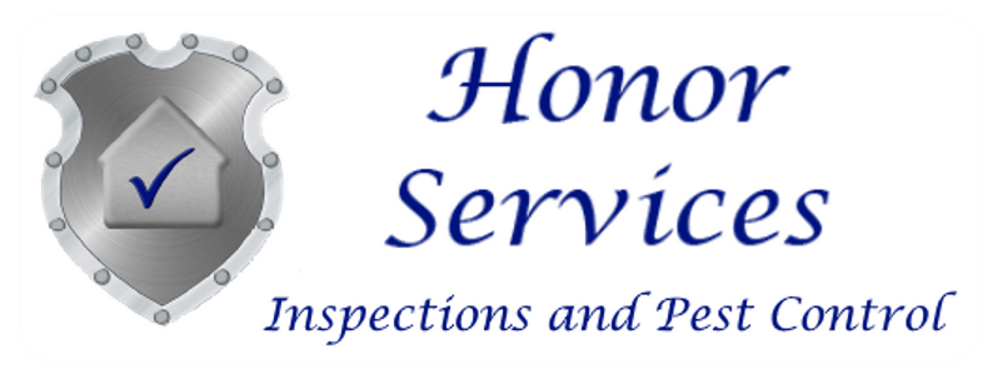
.png)

